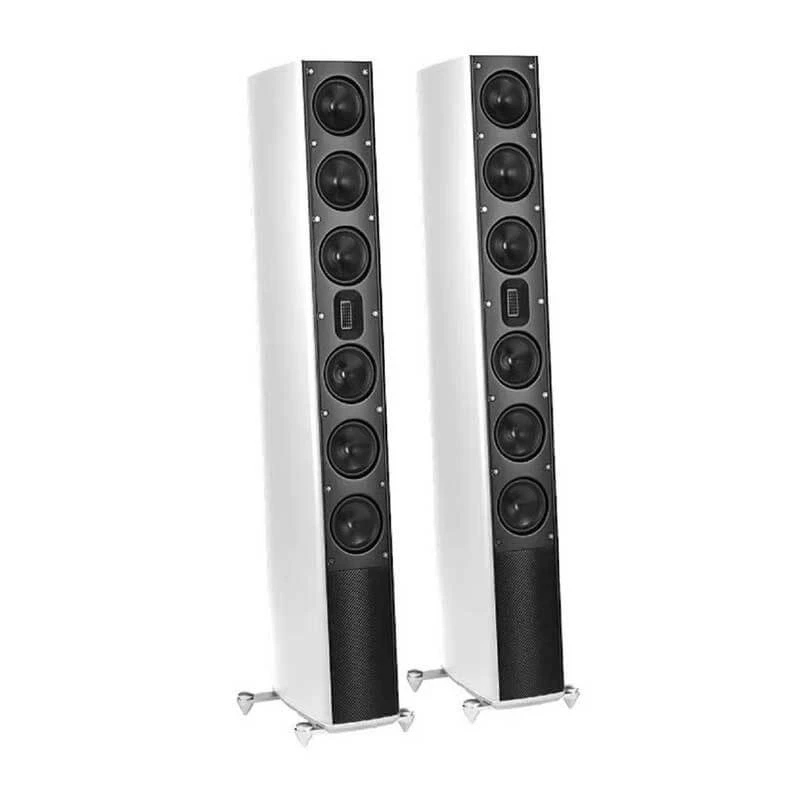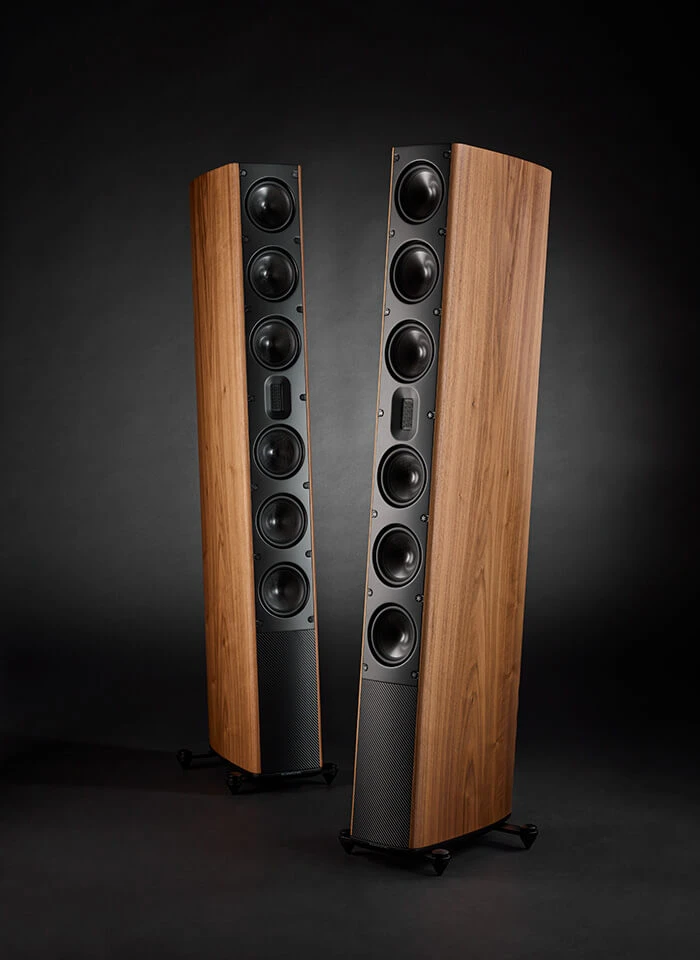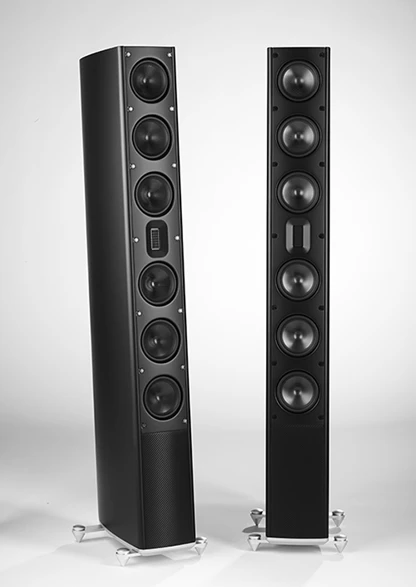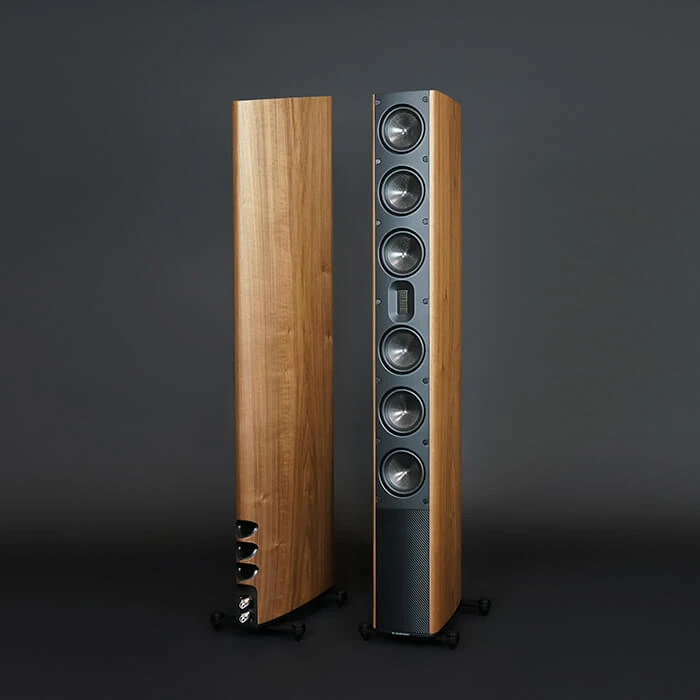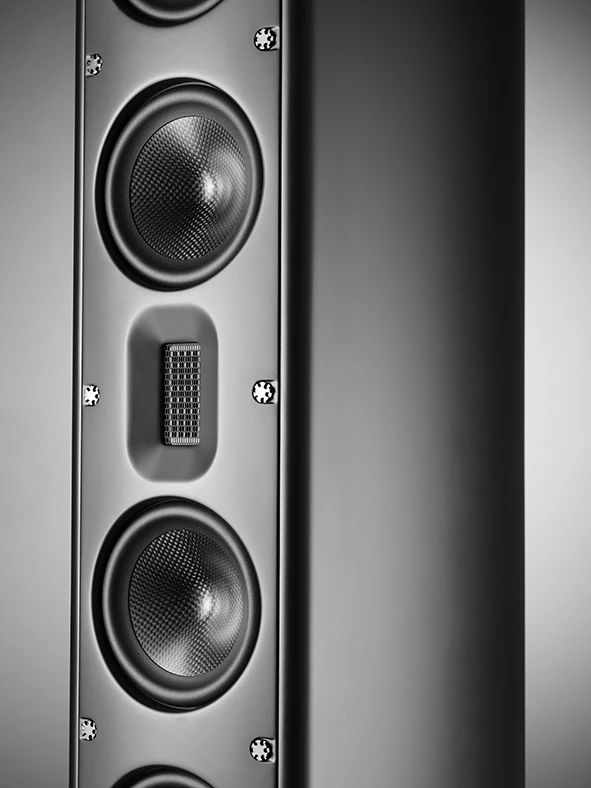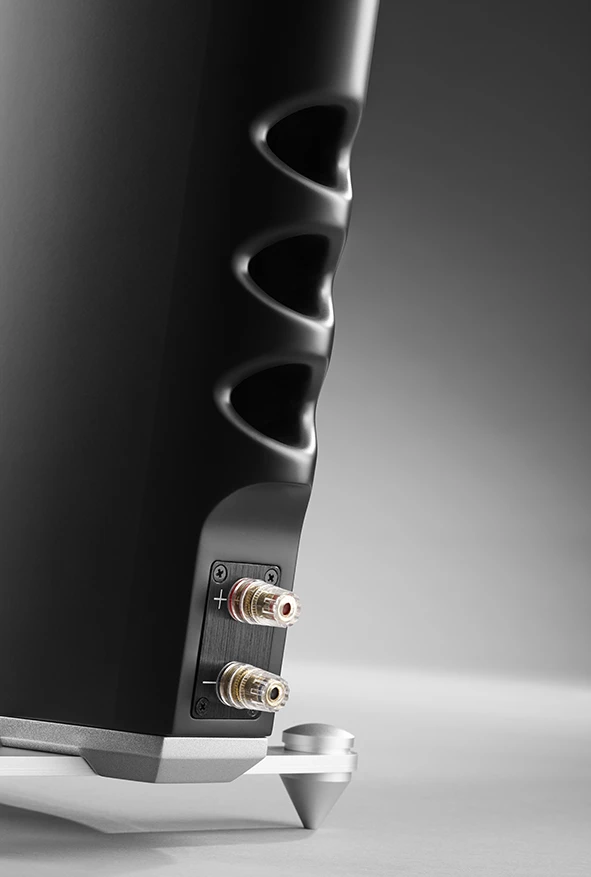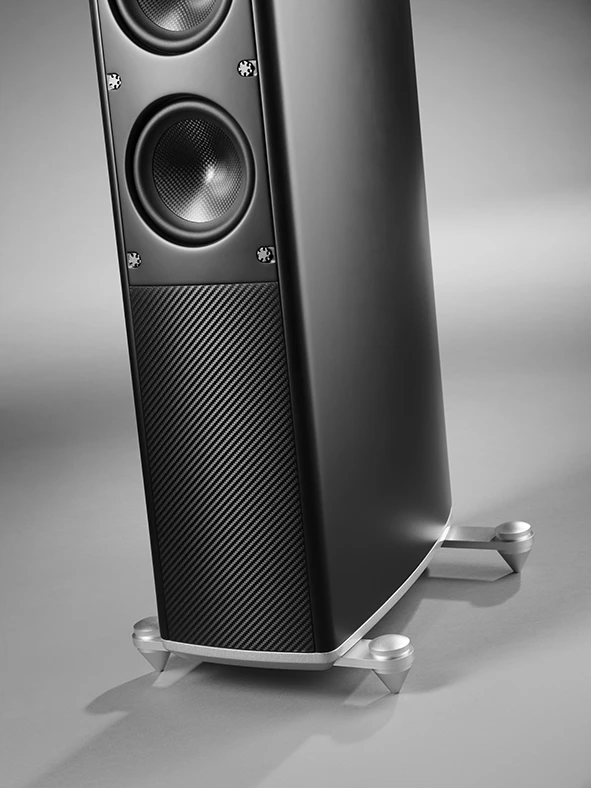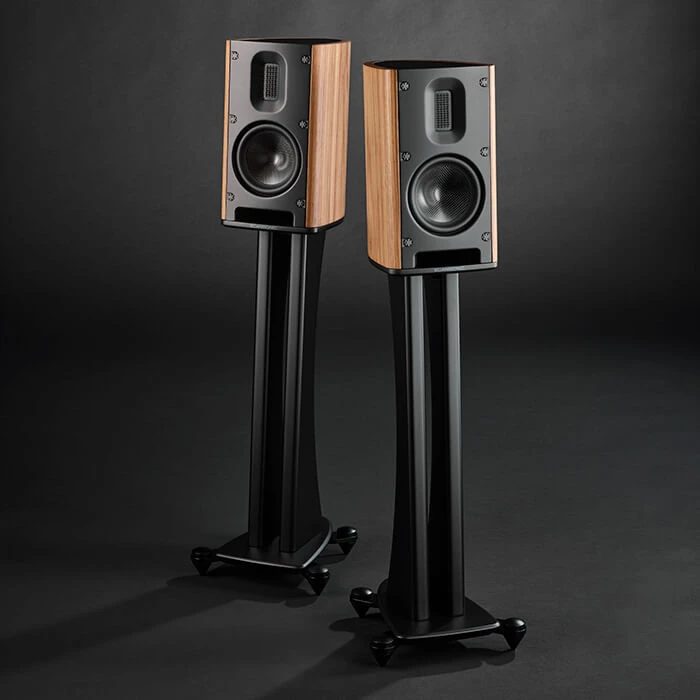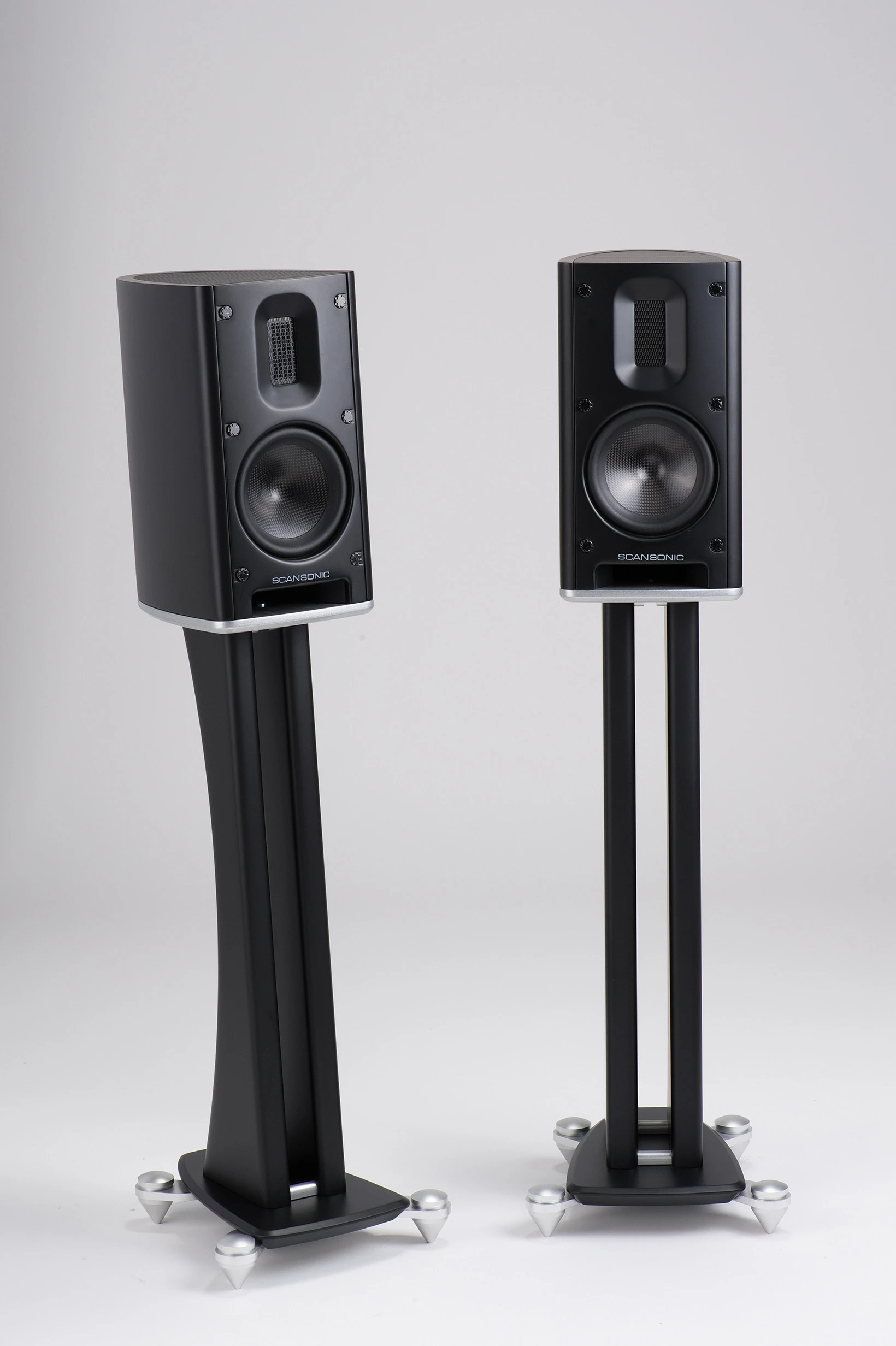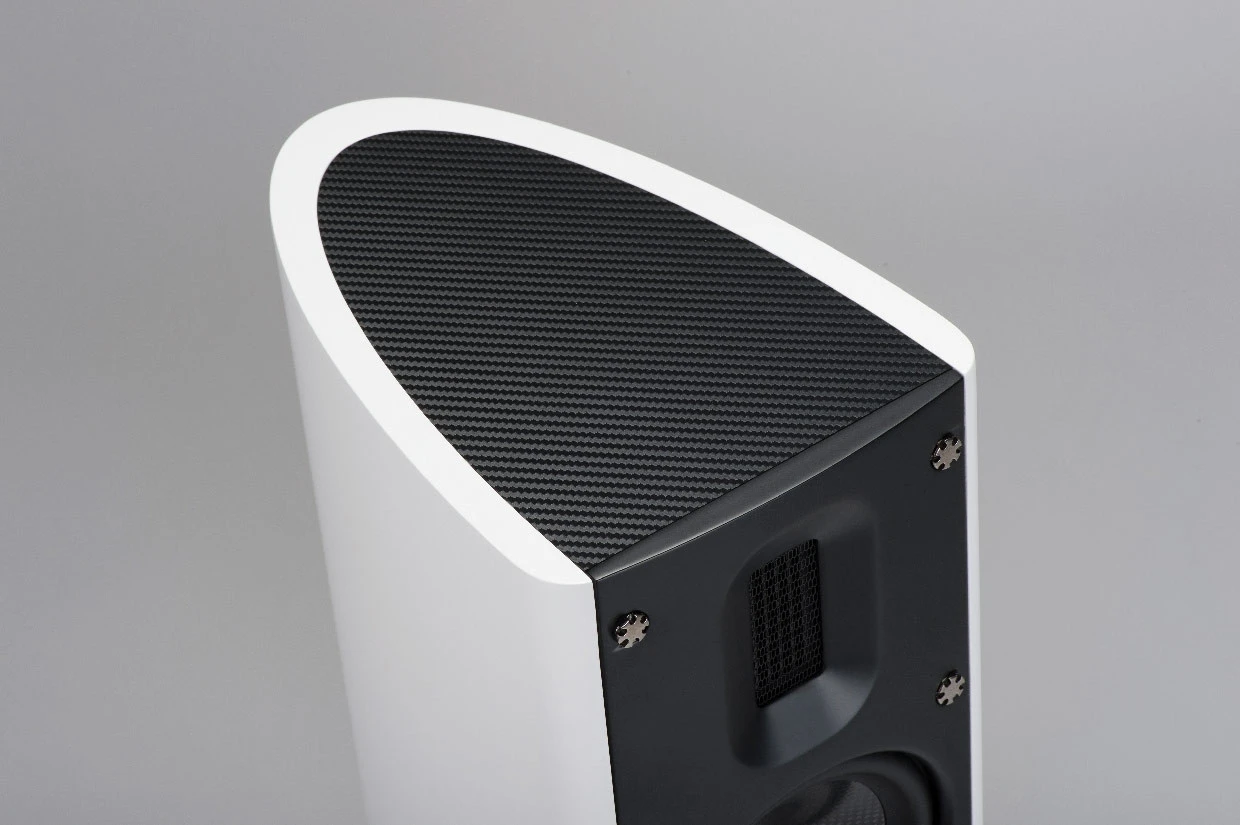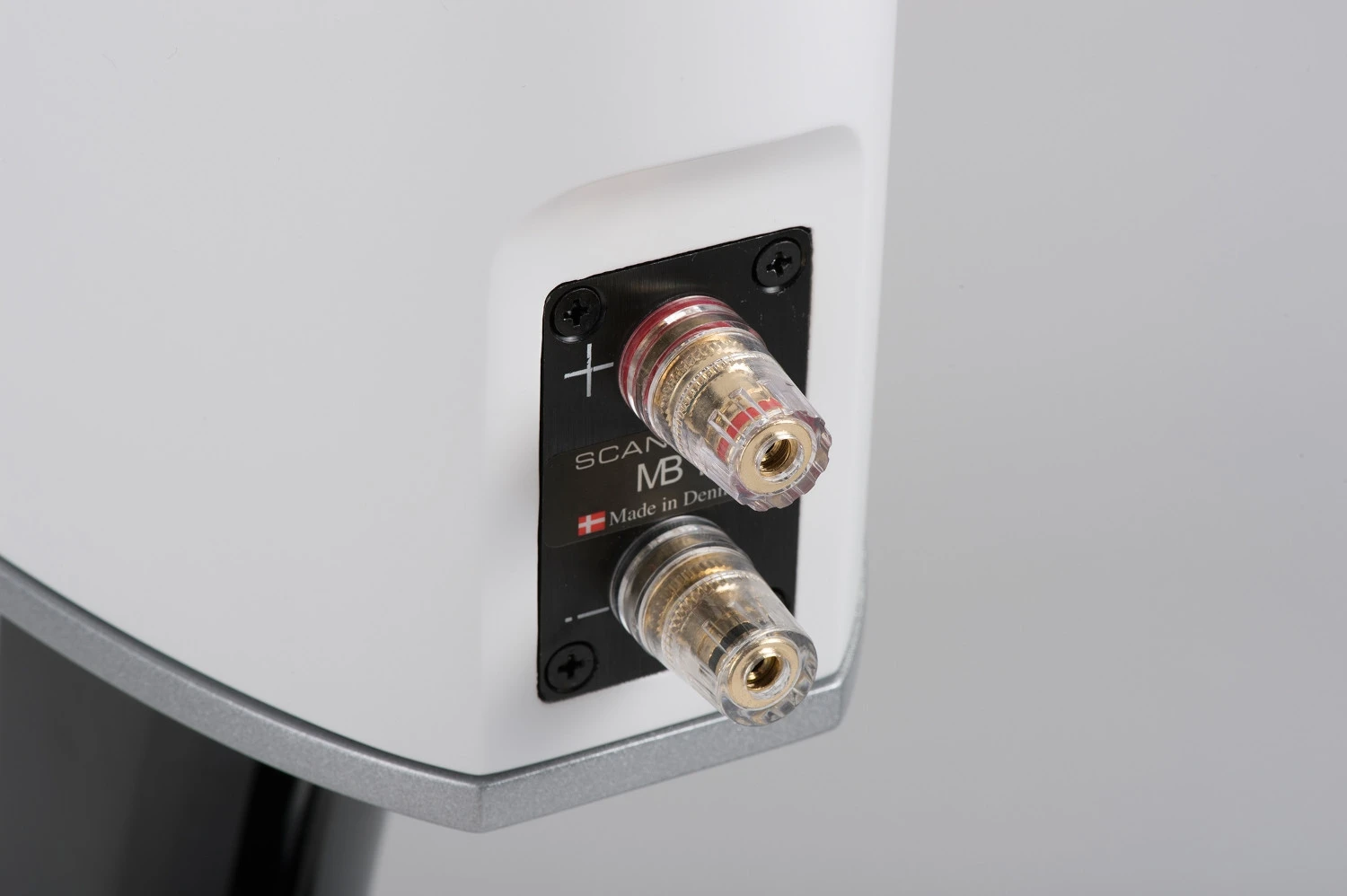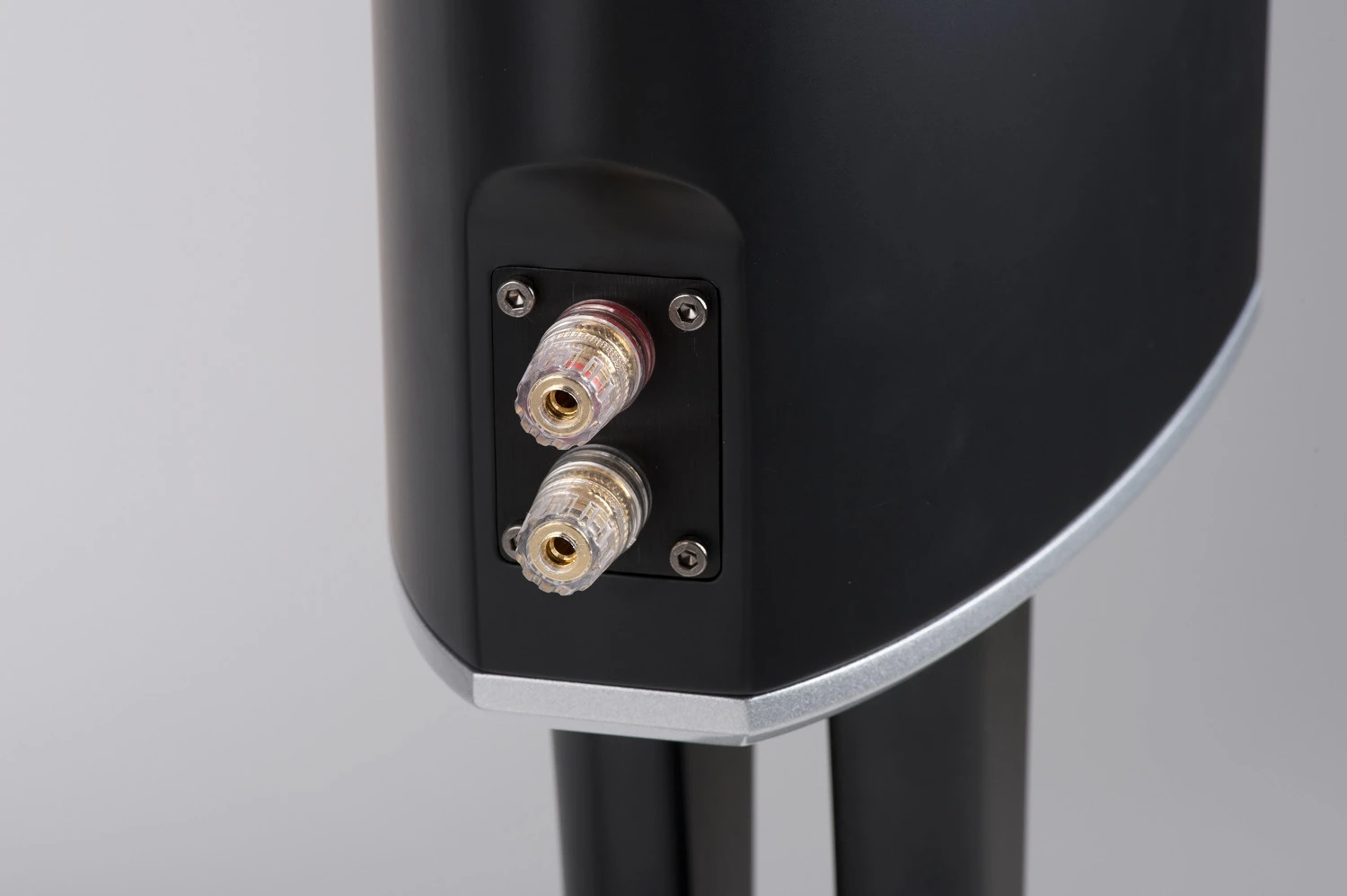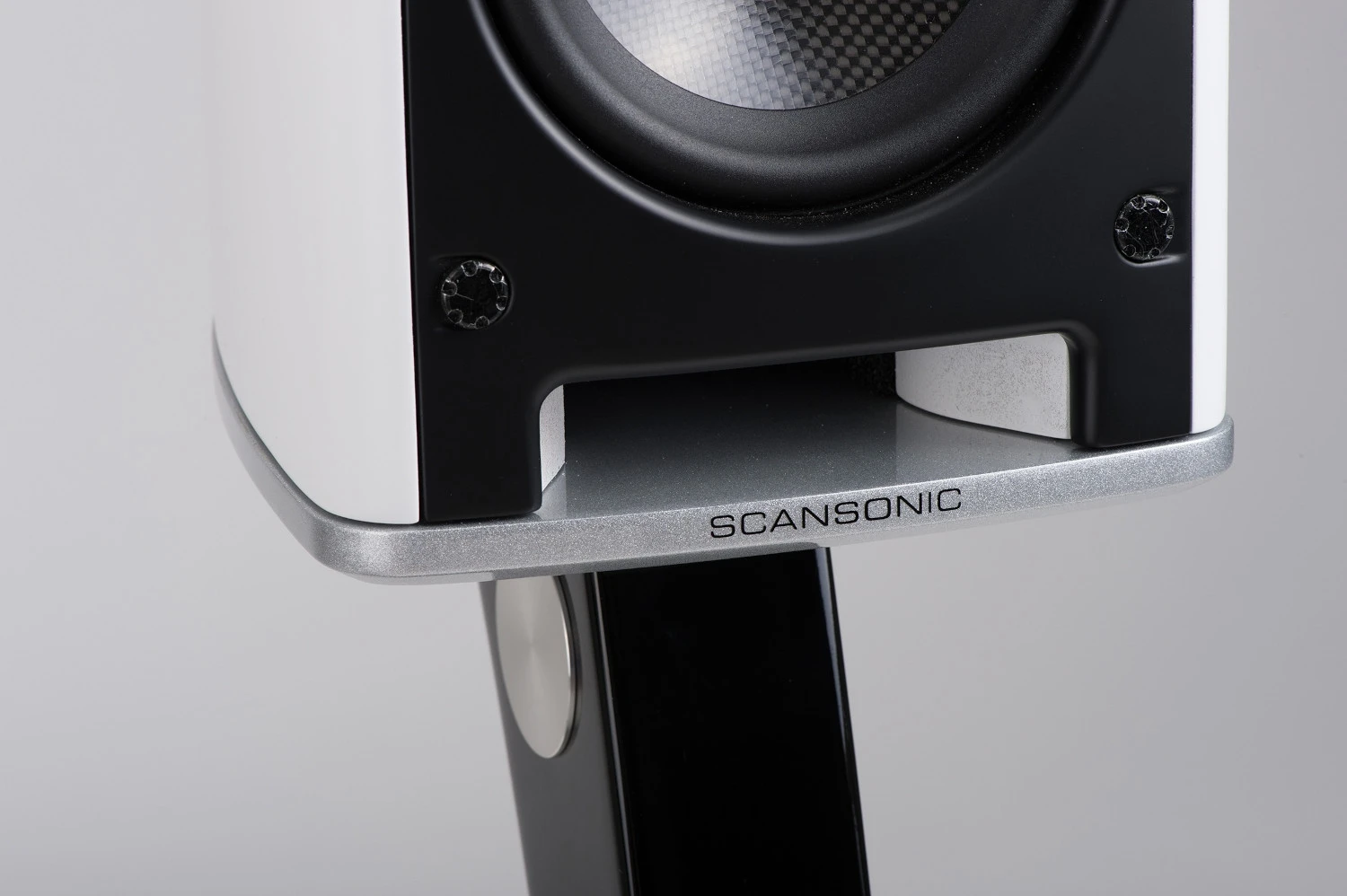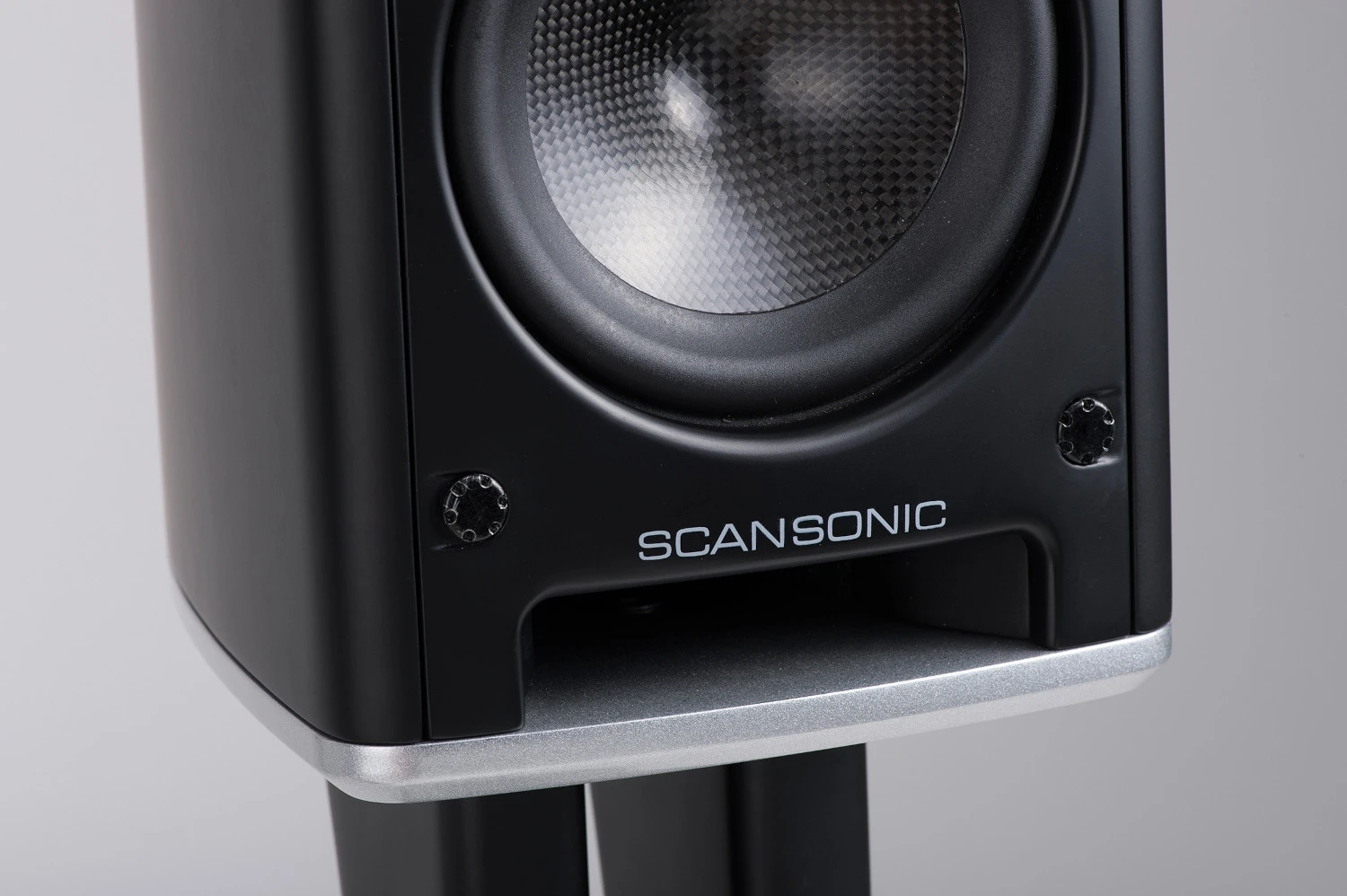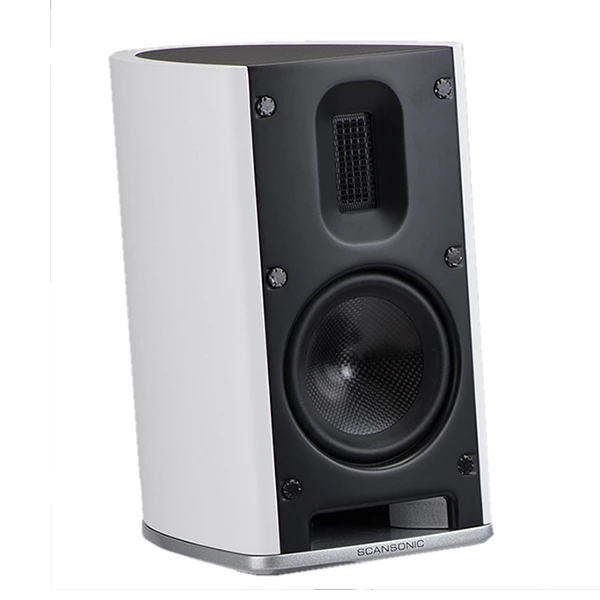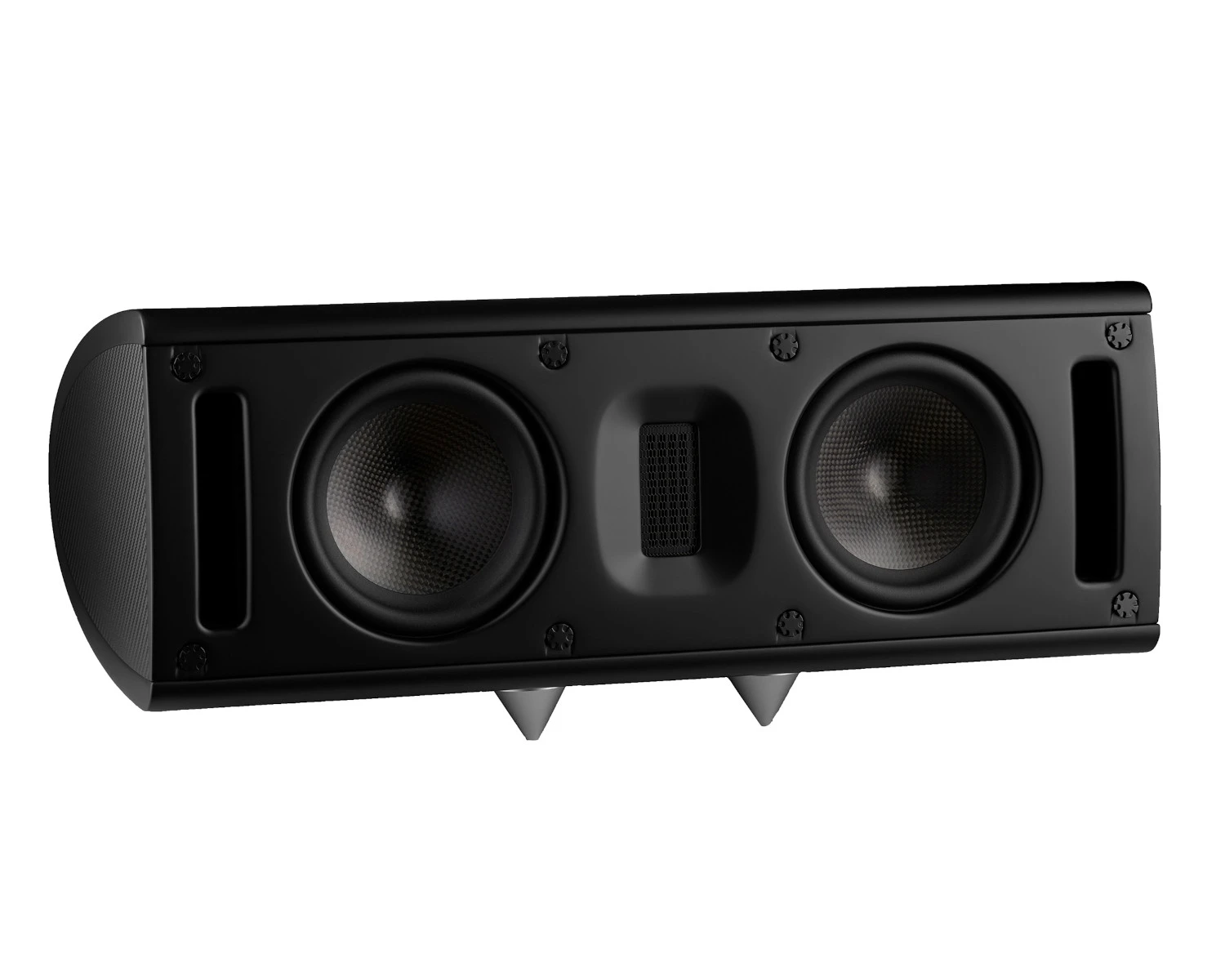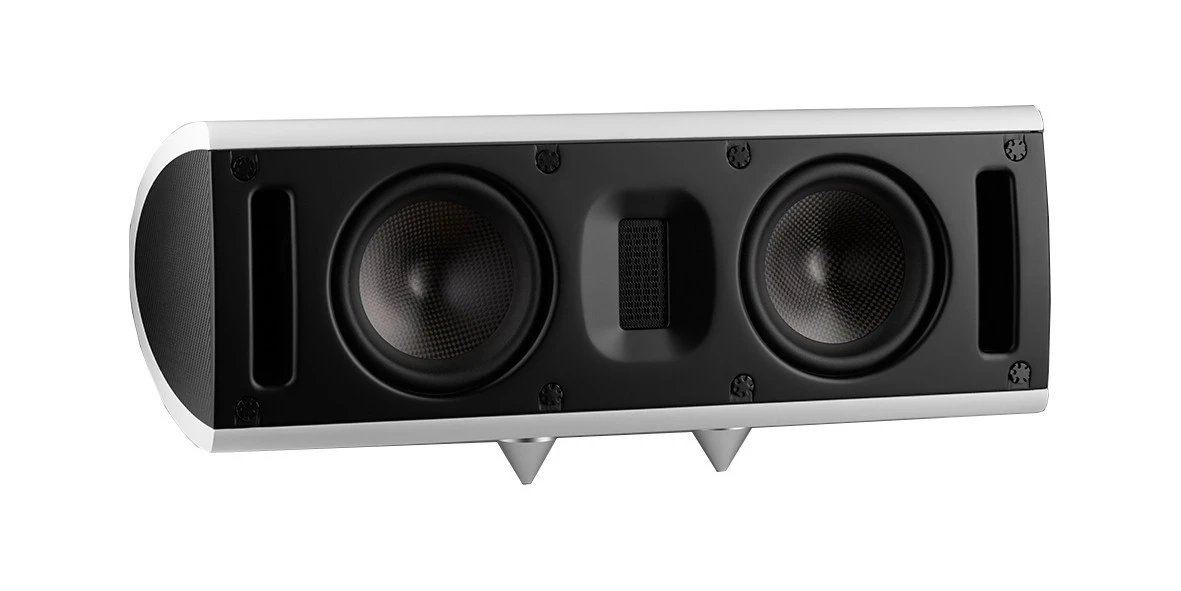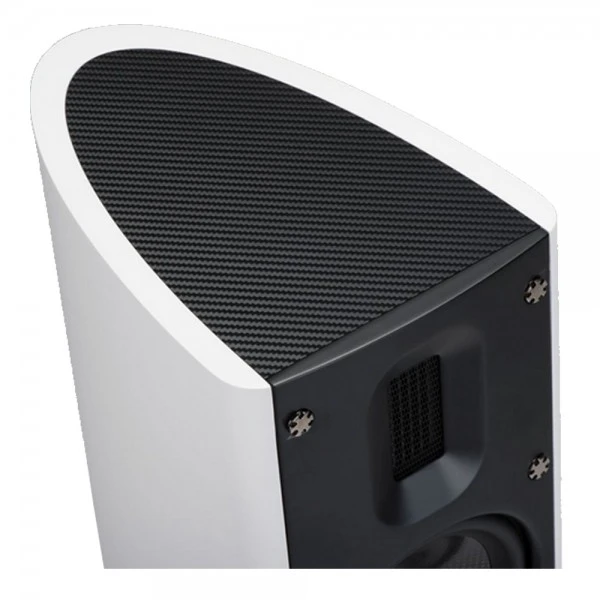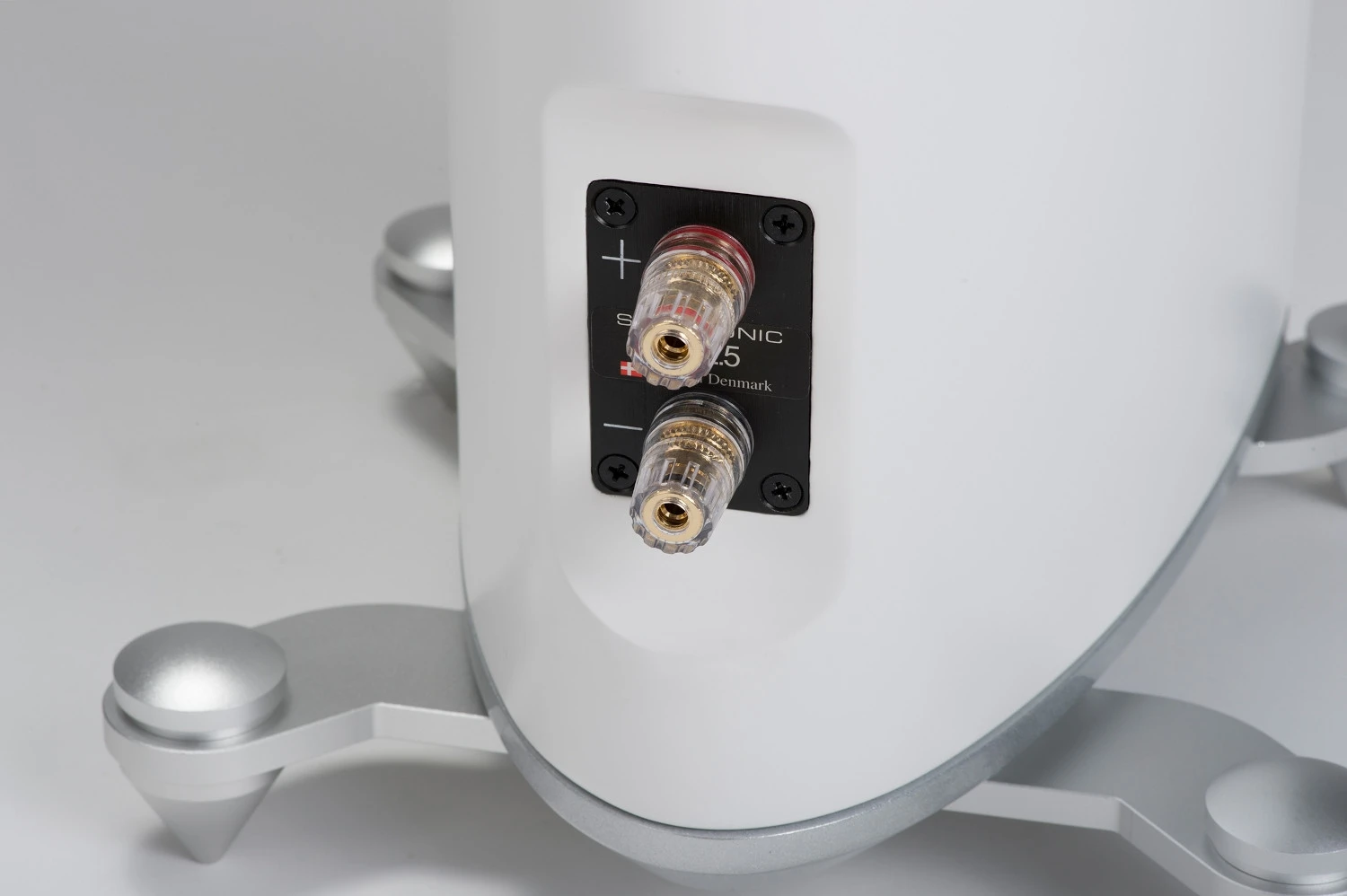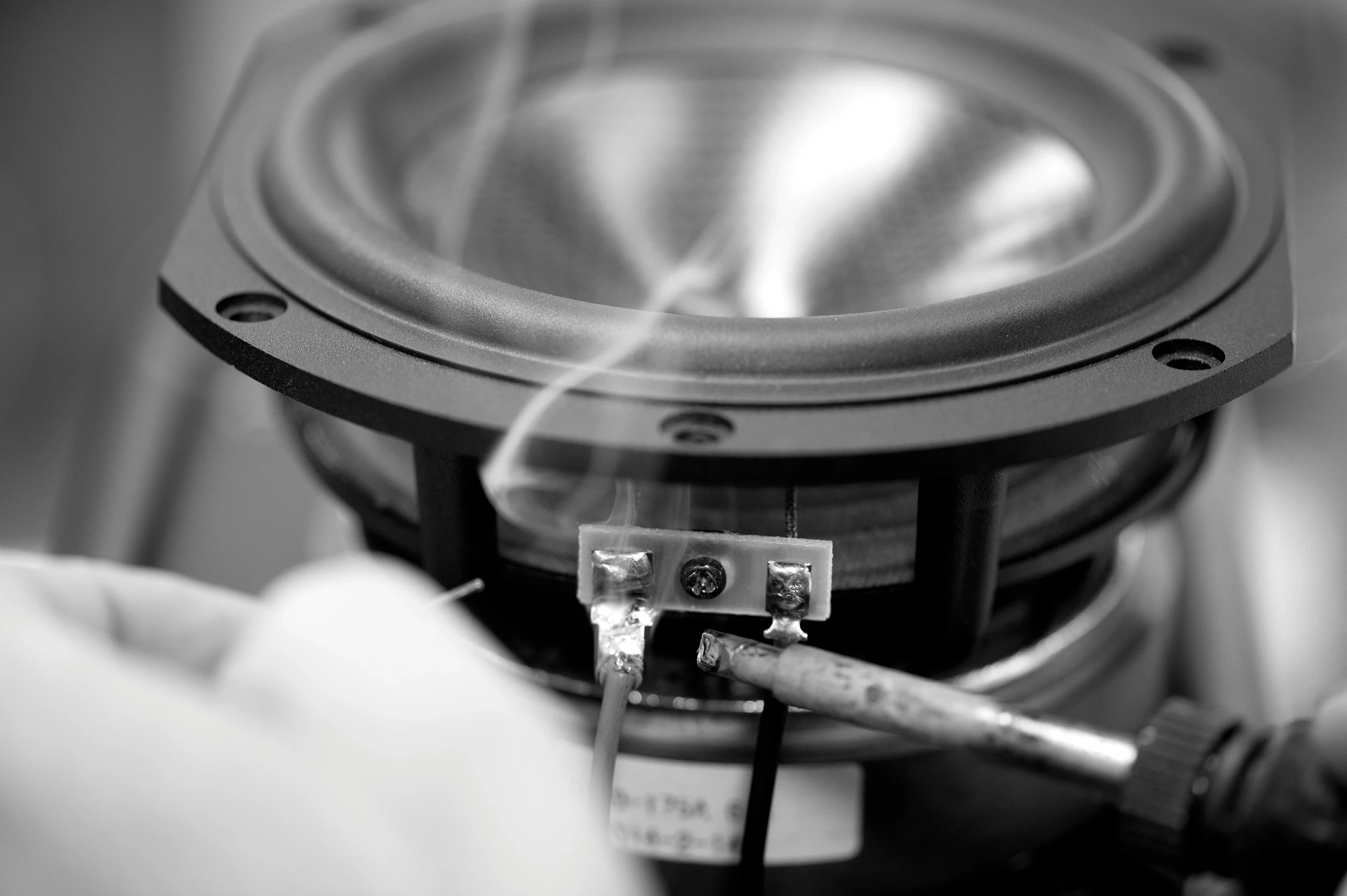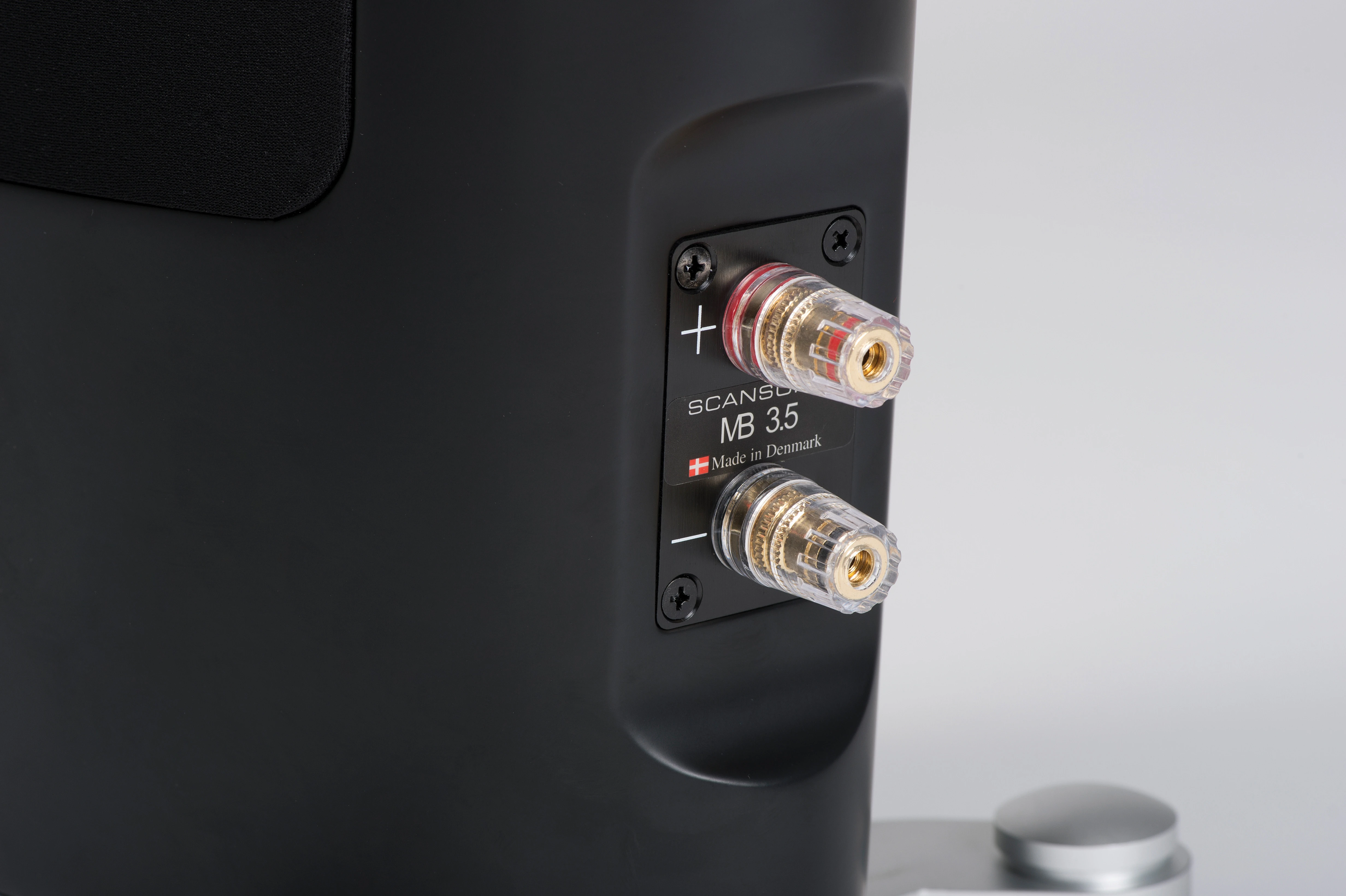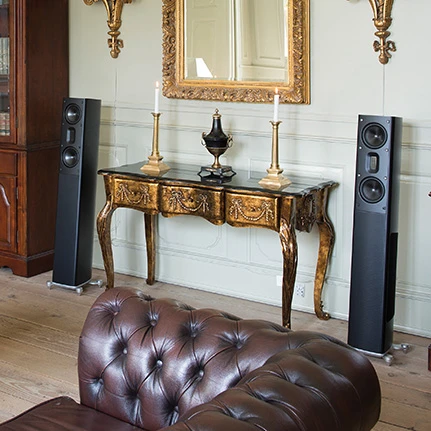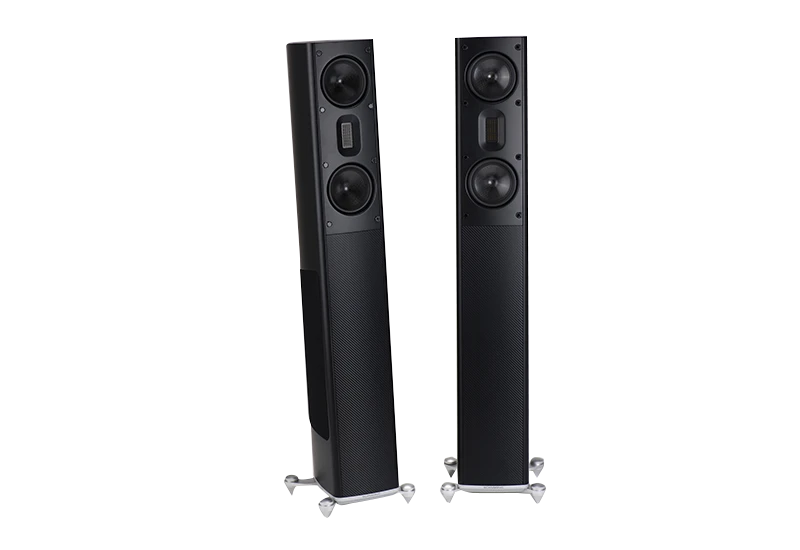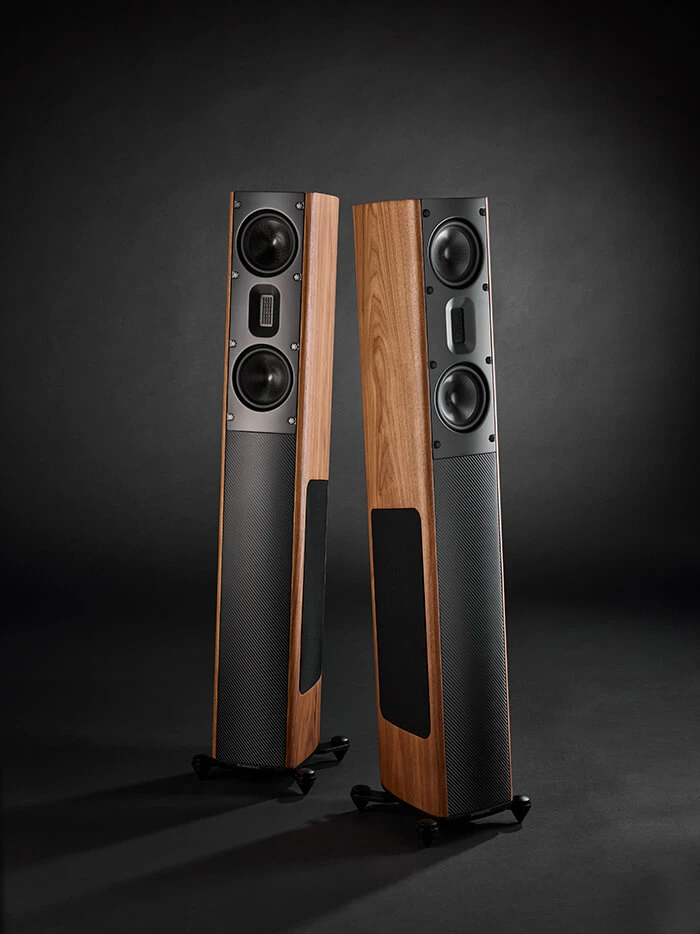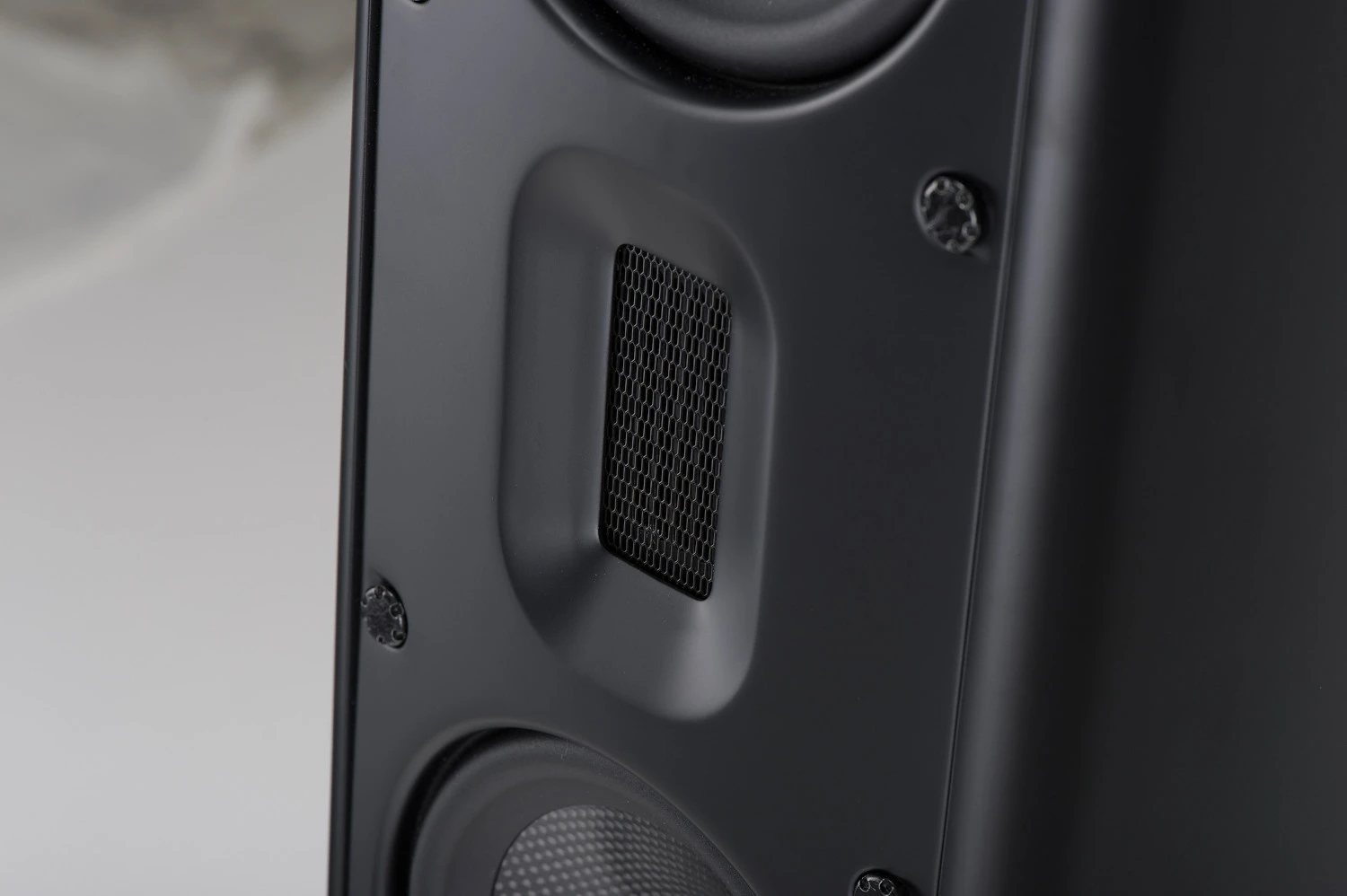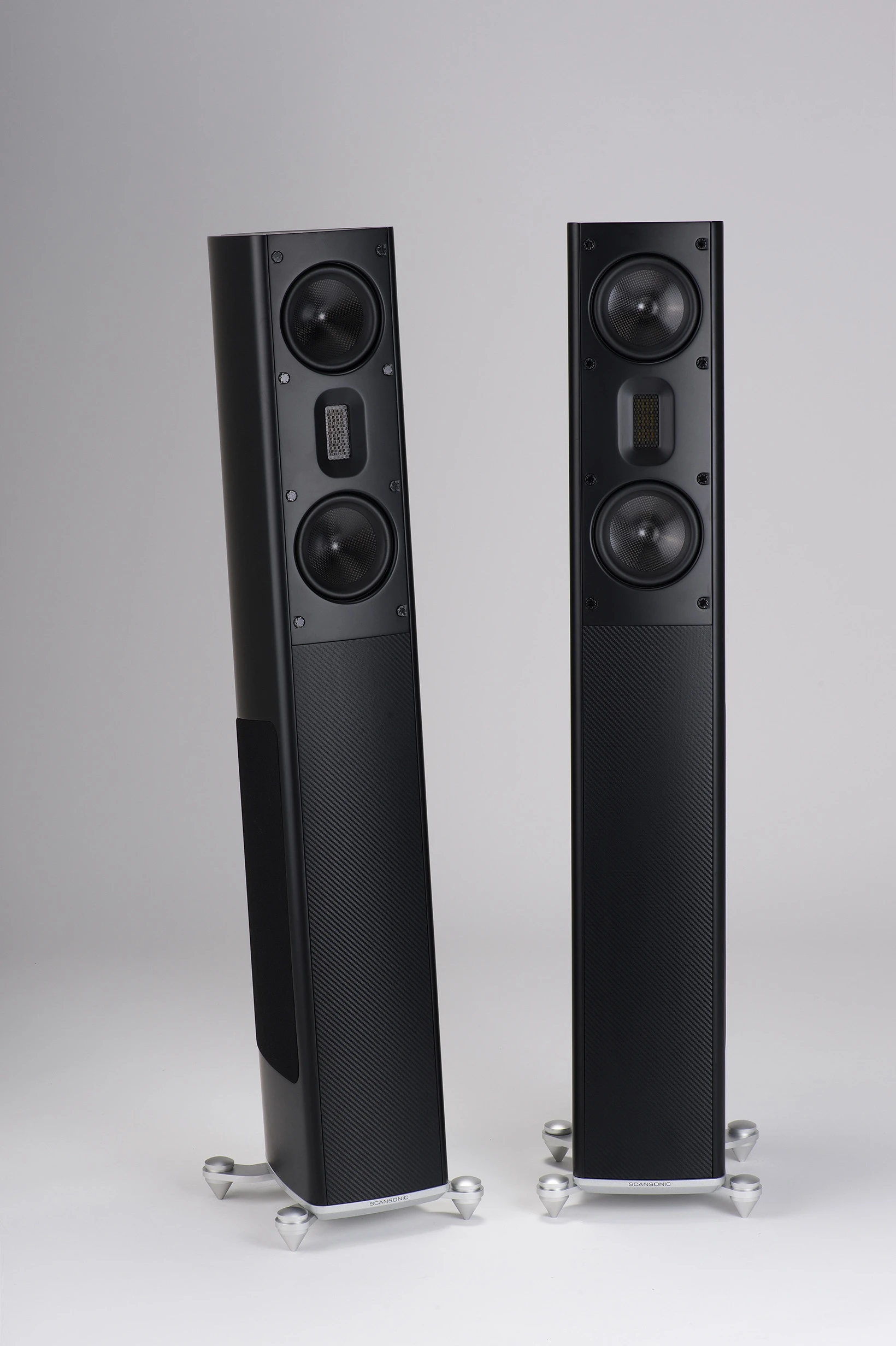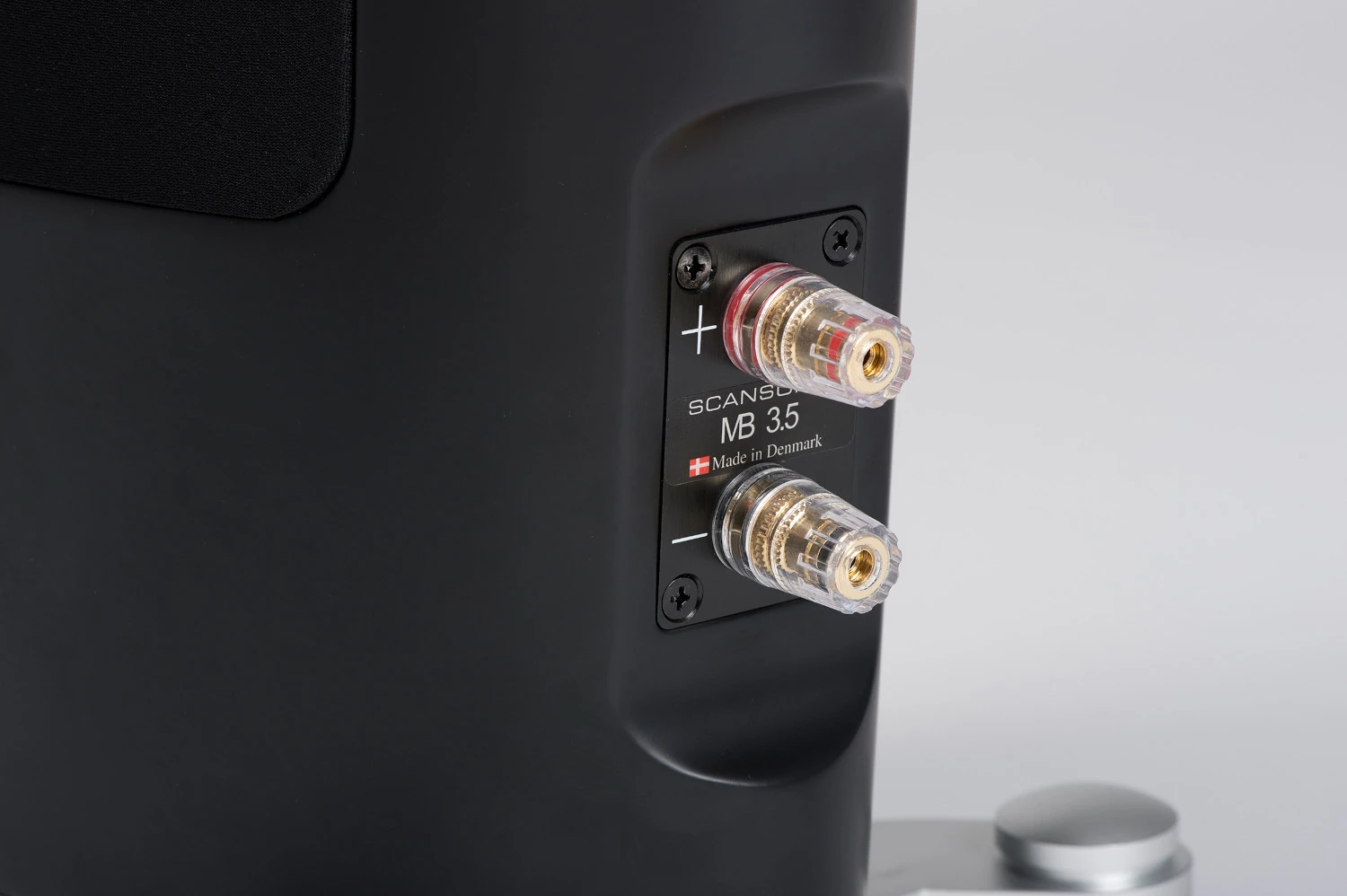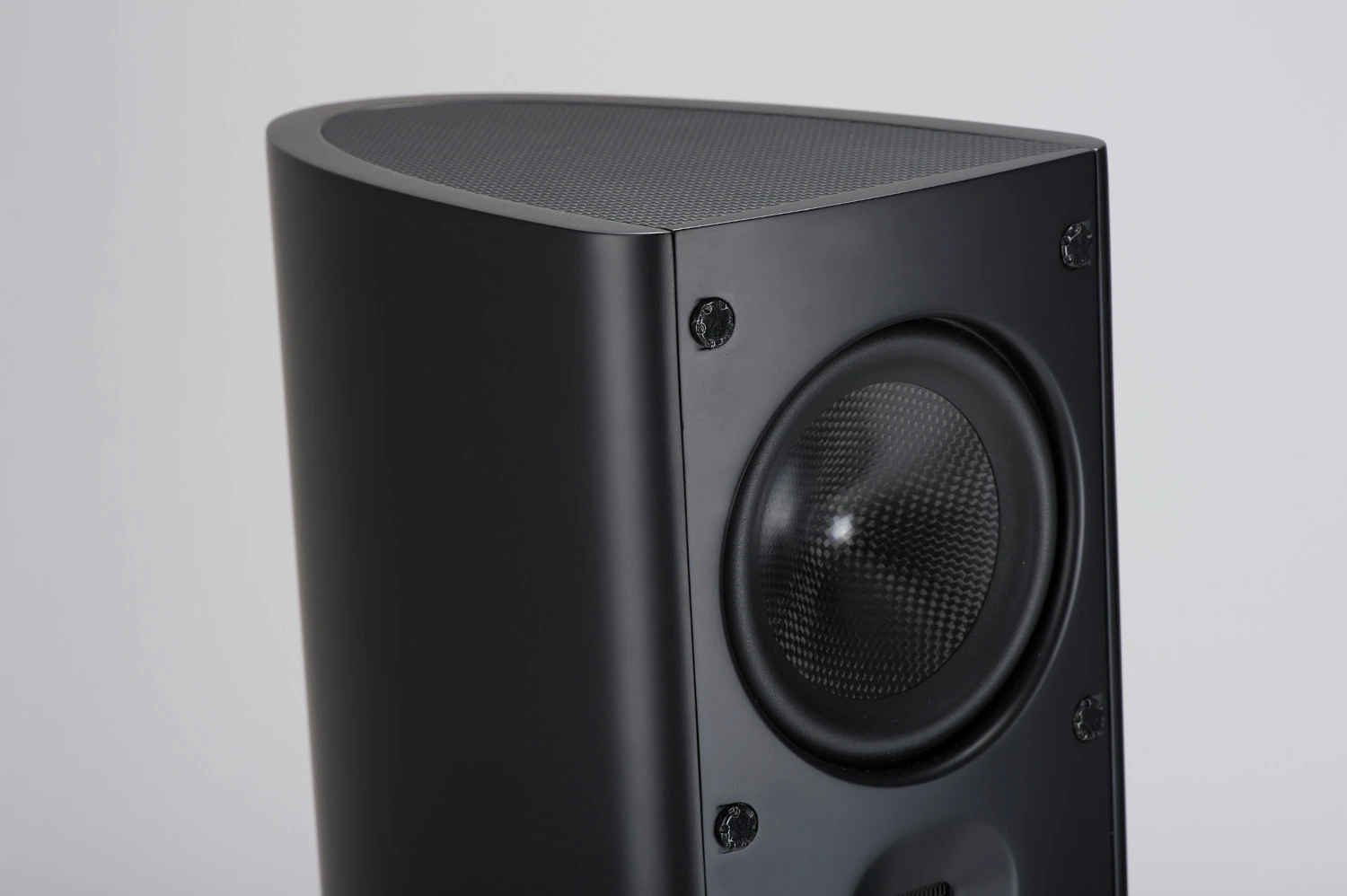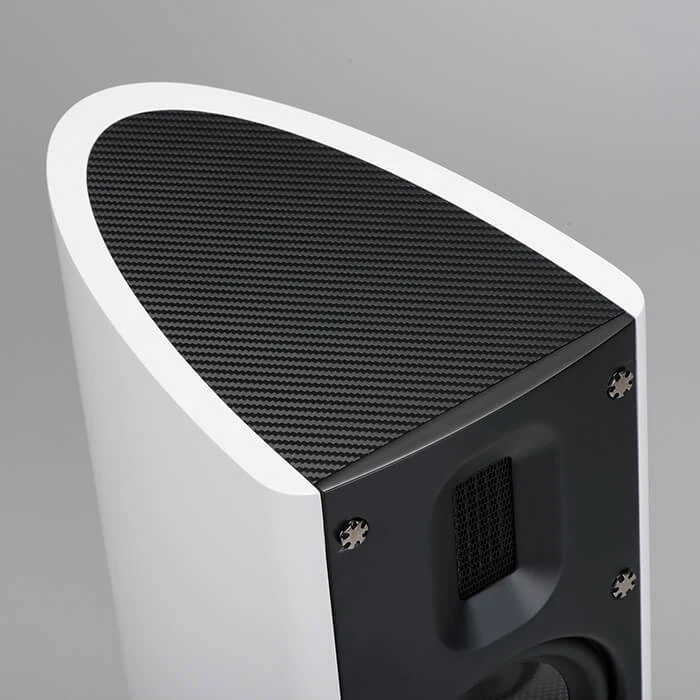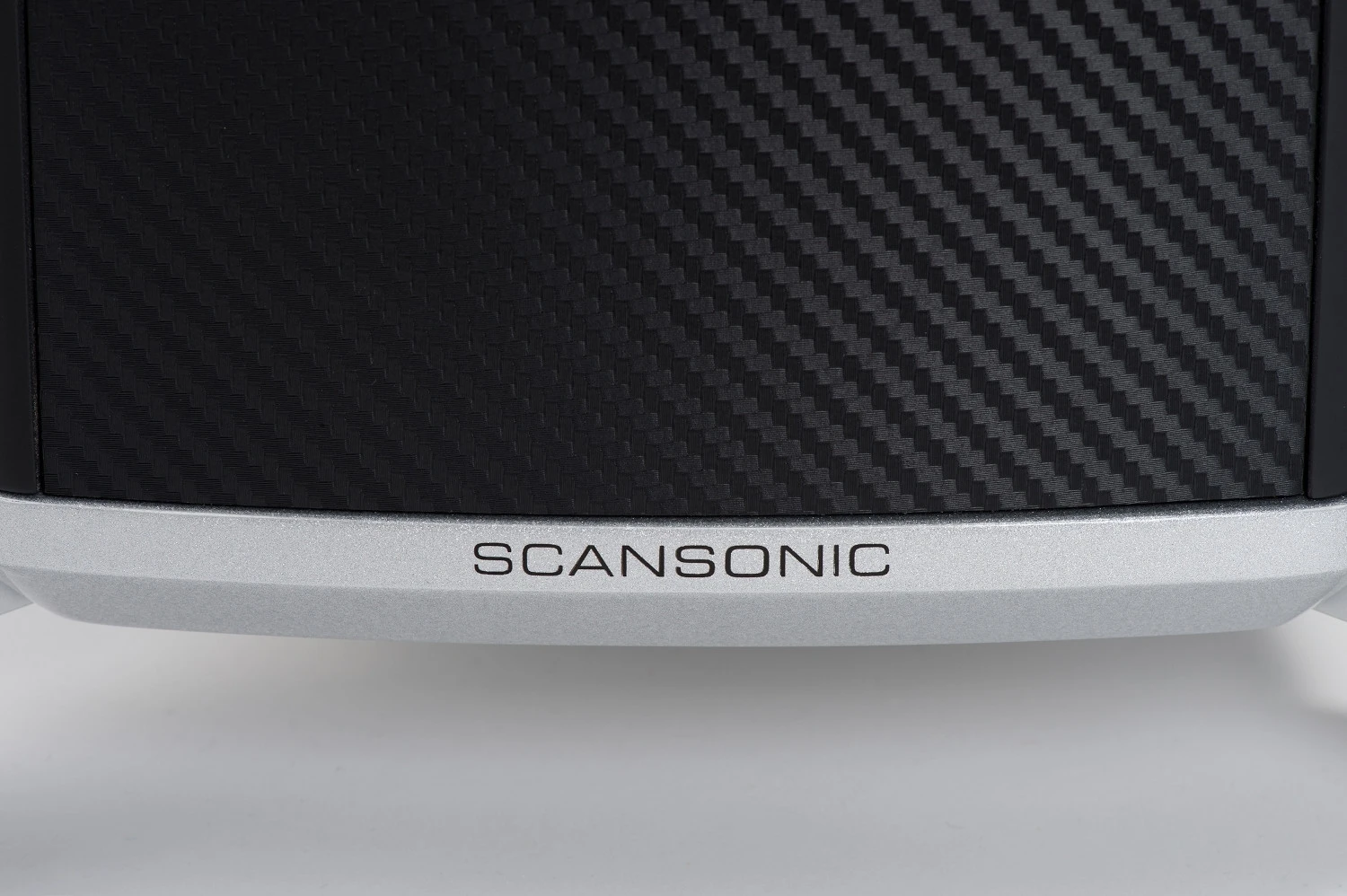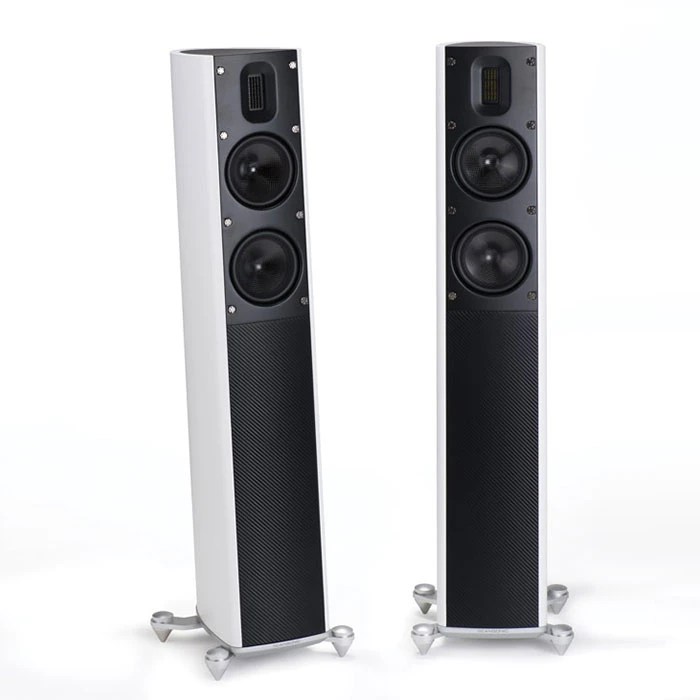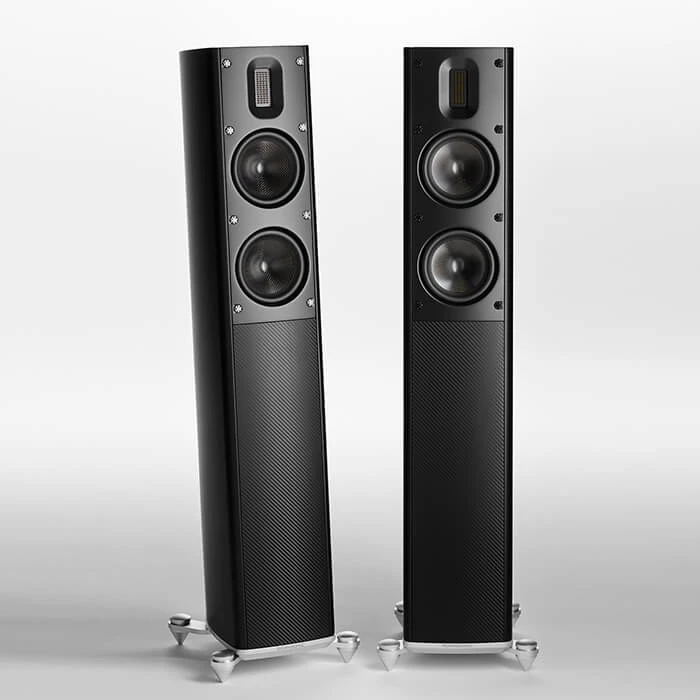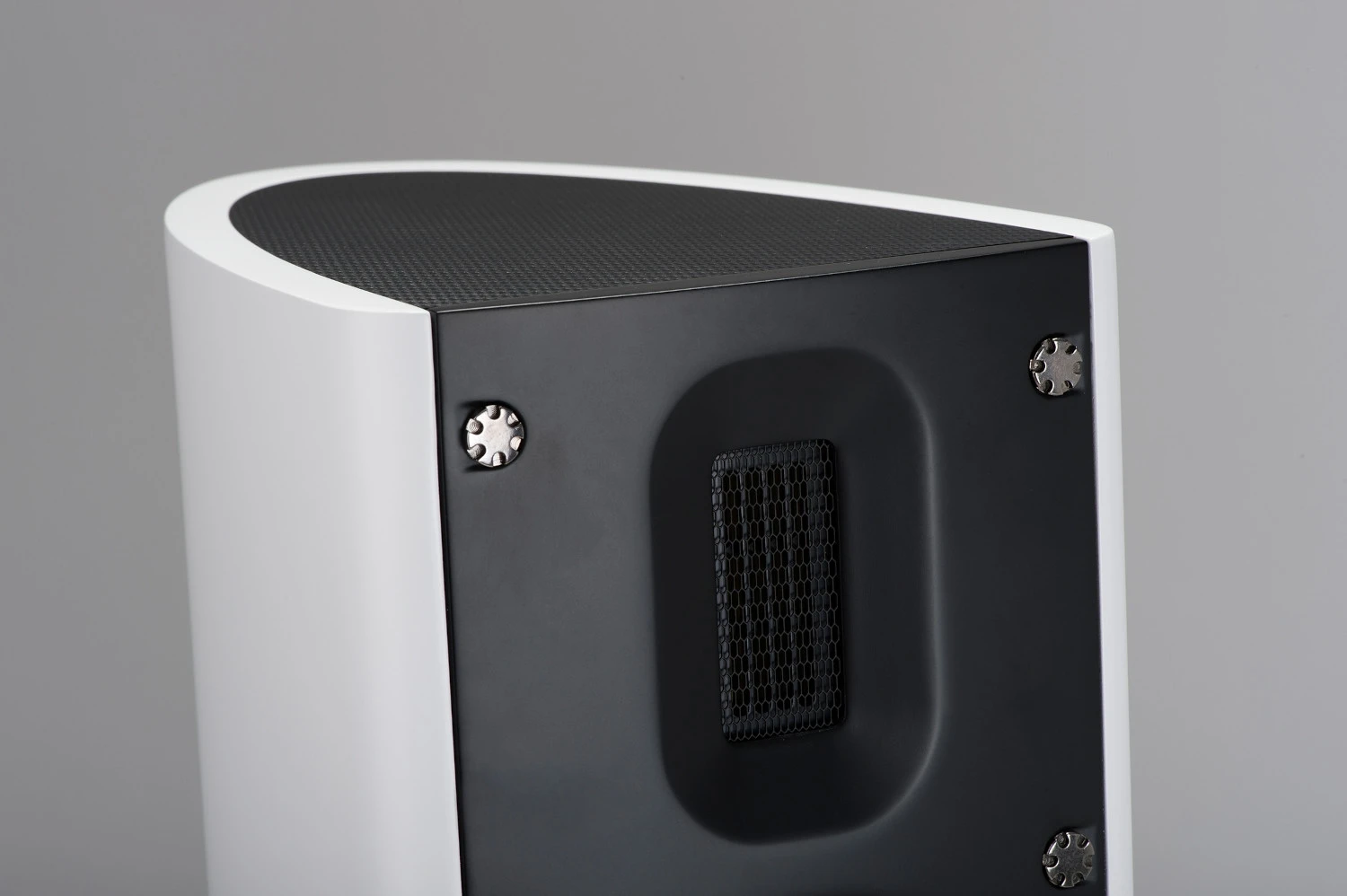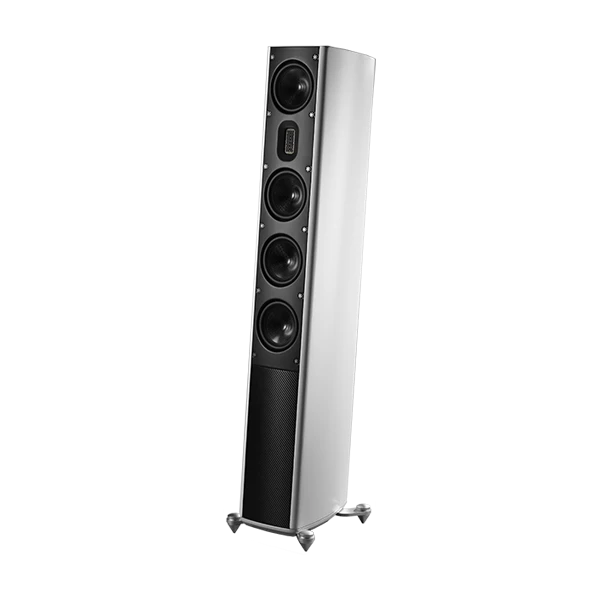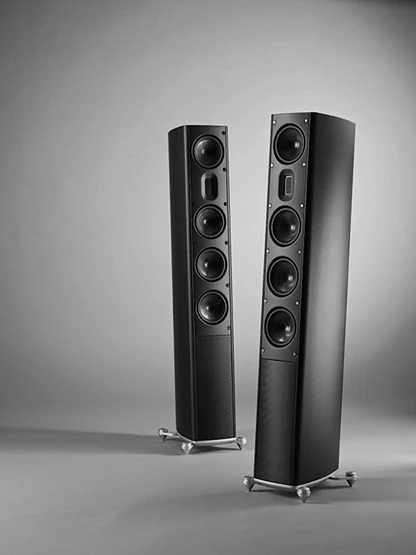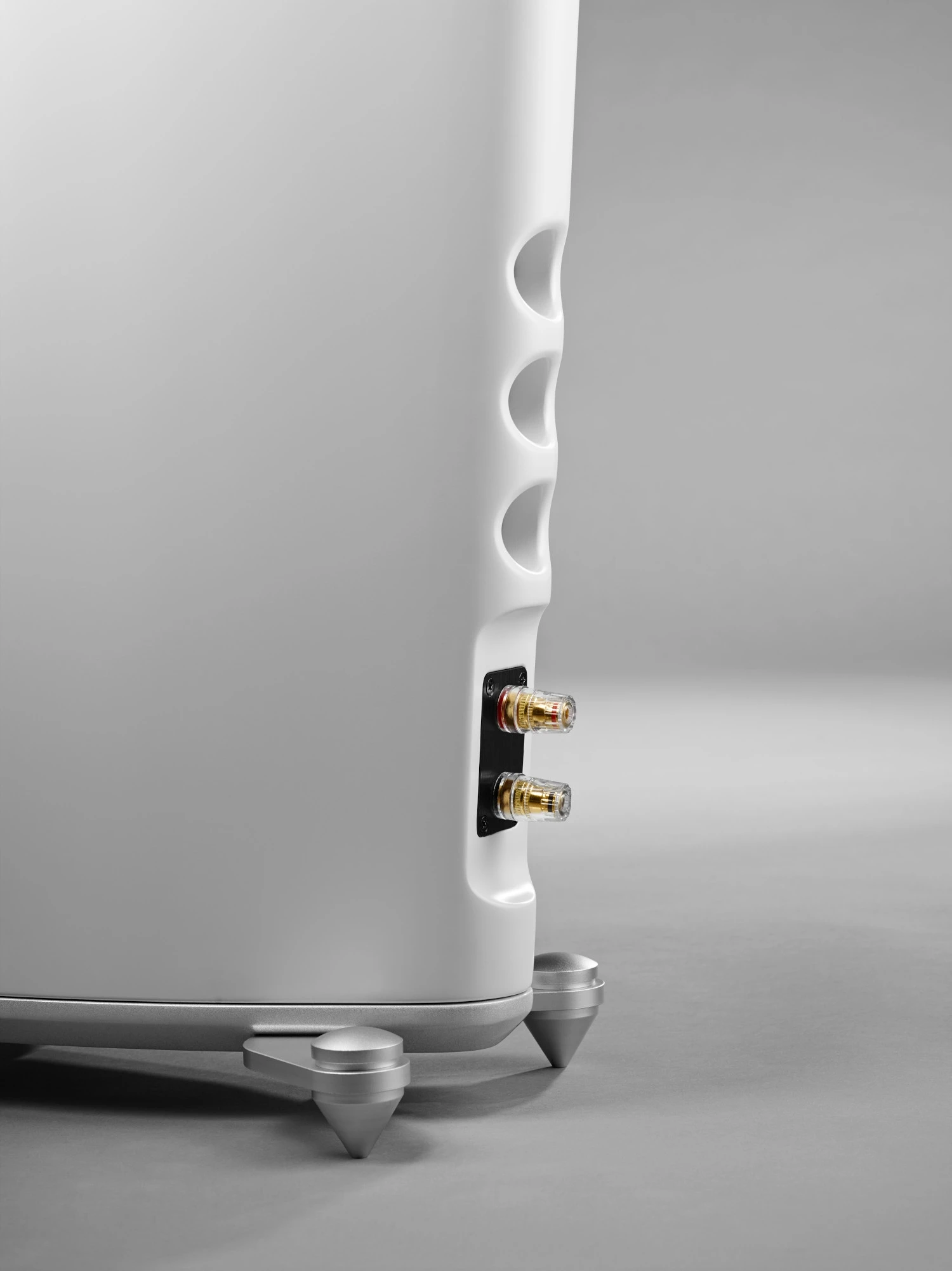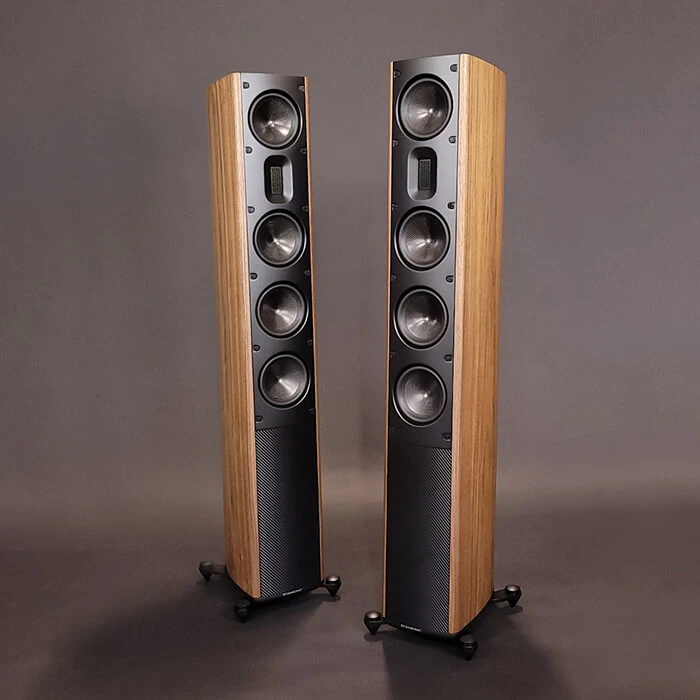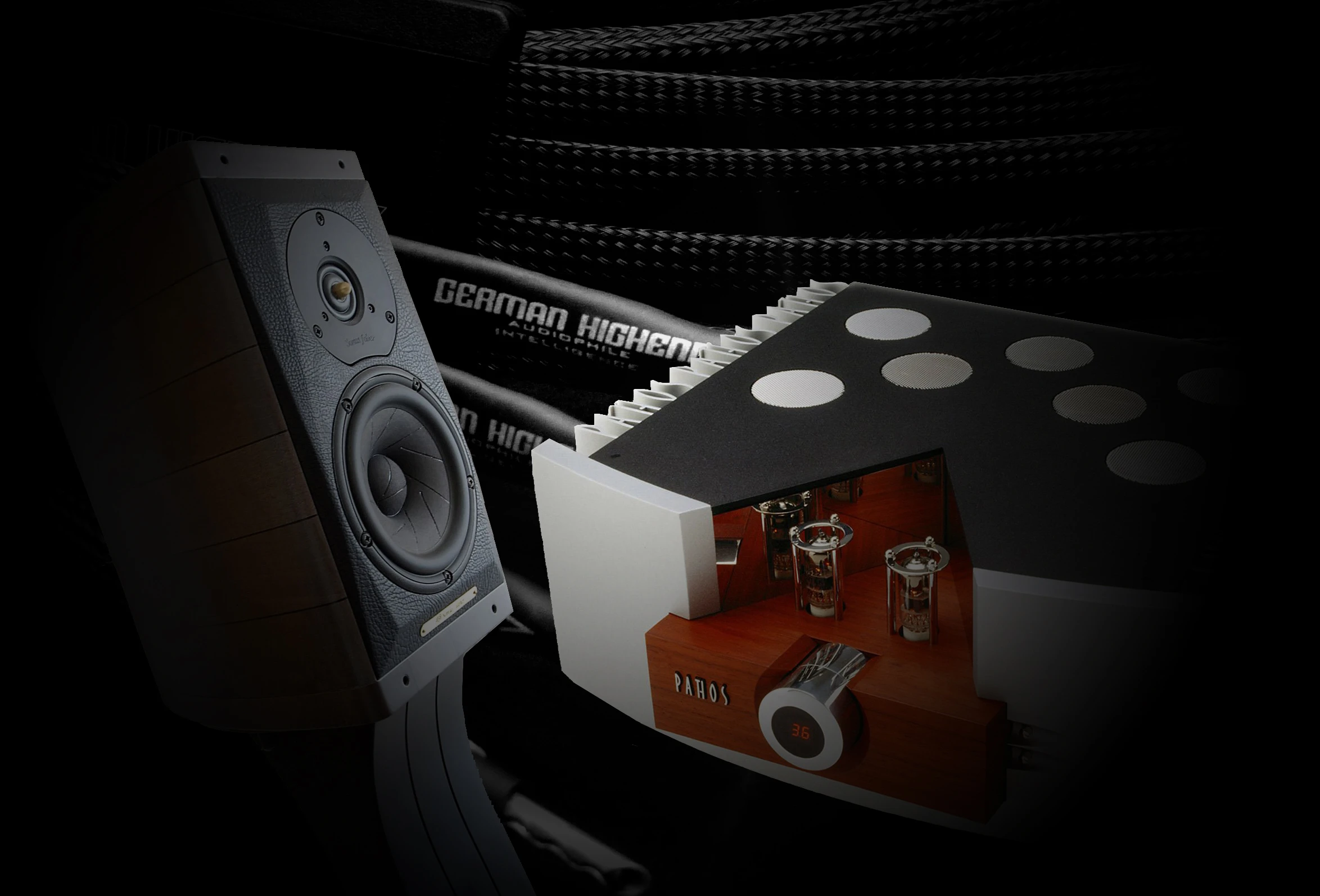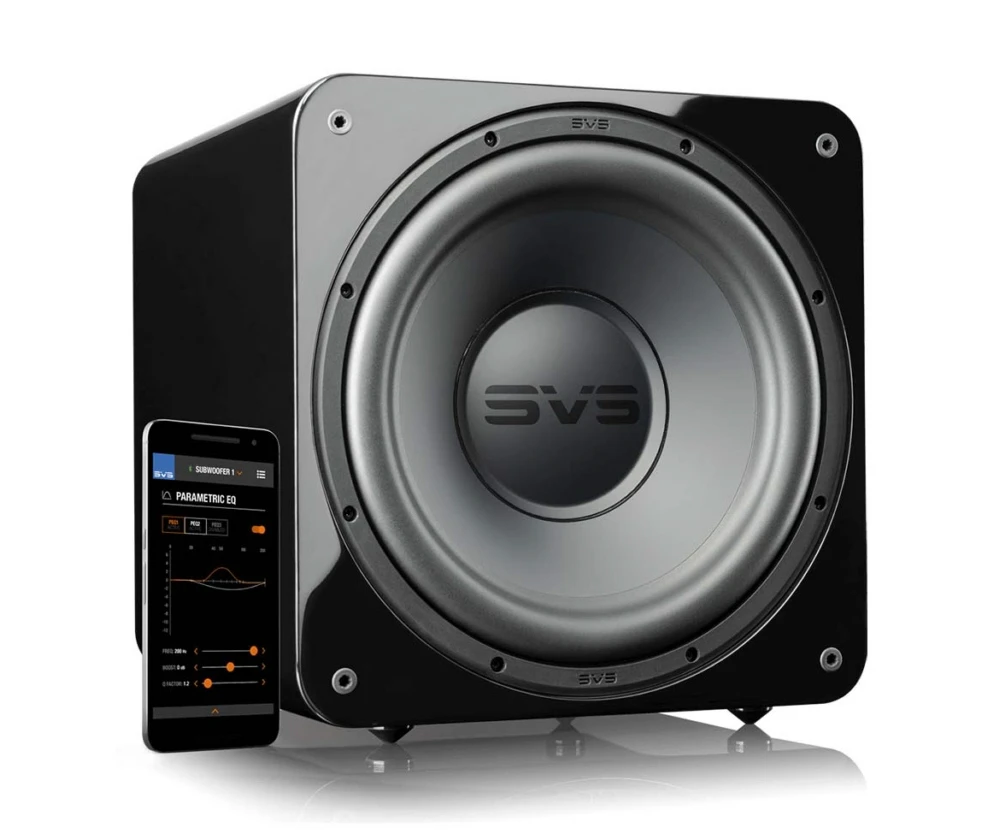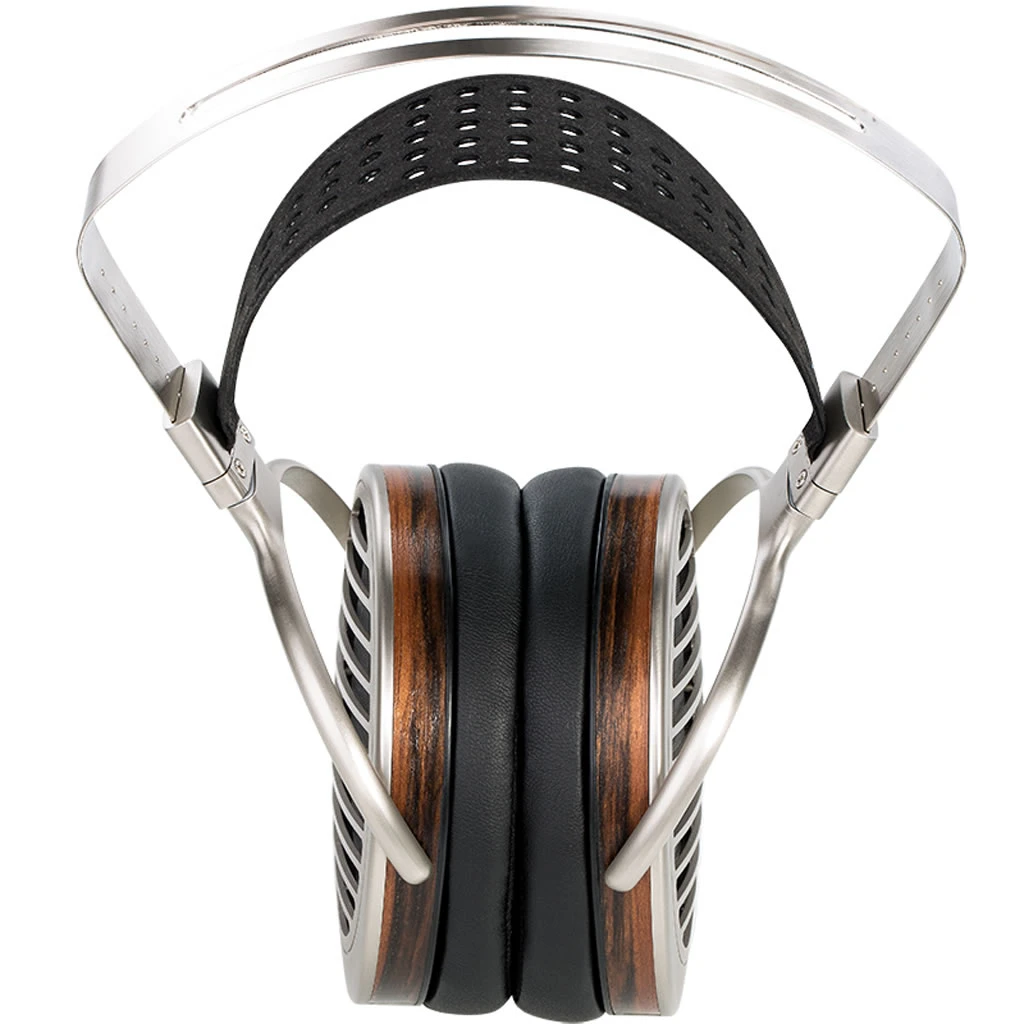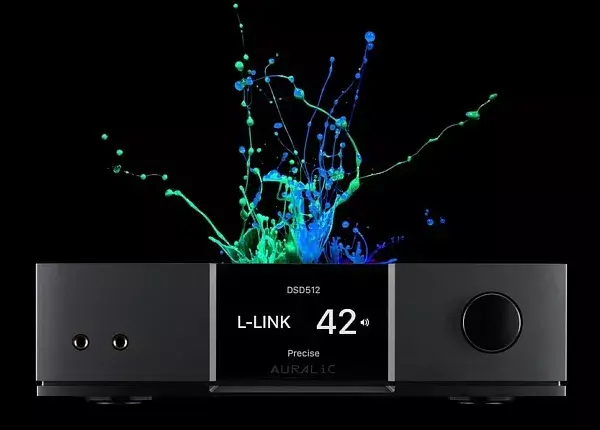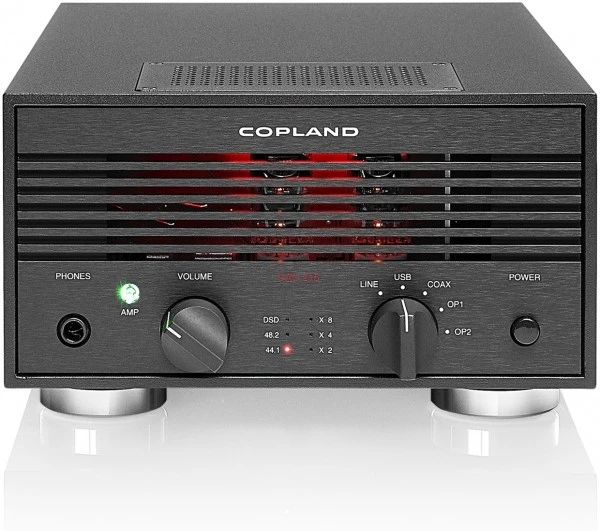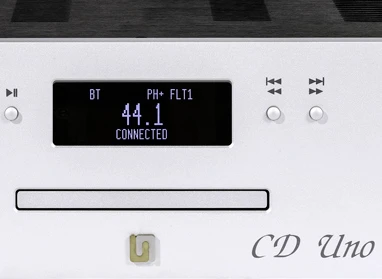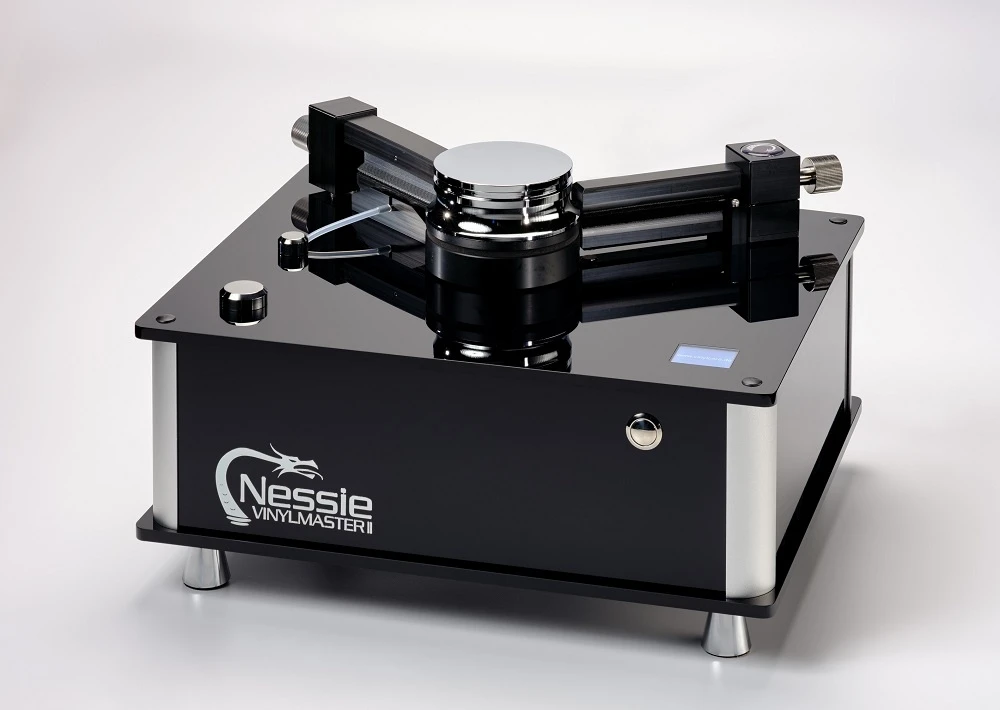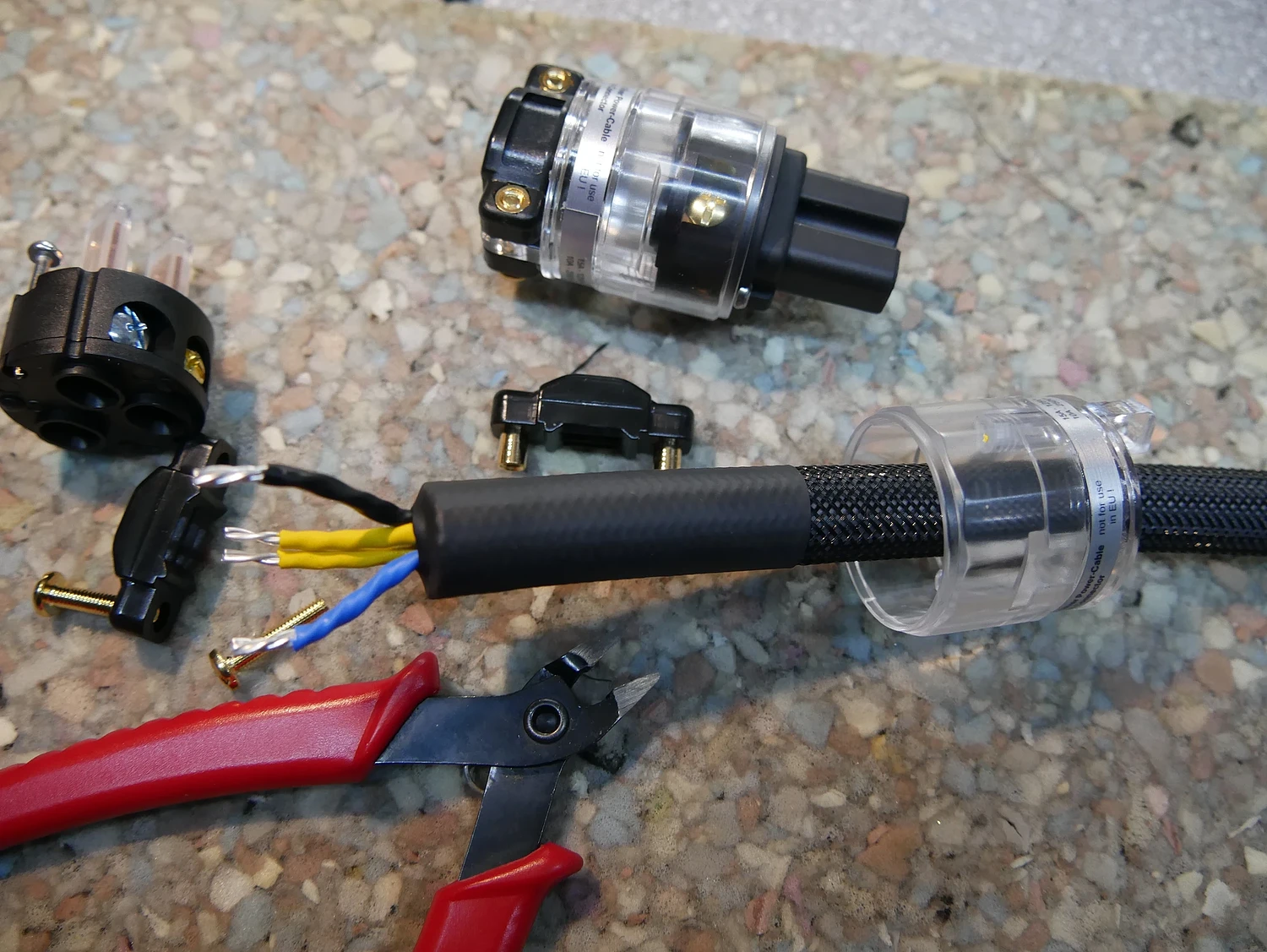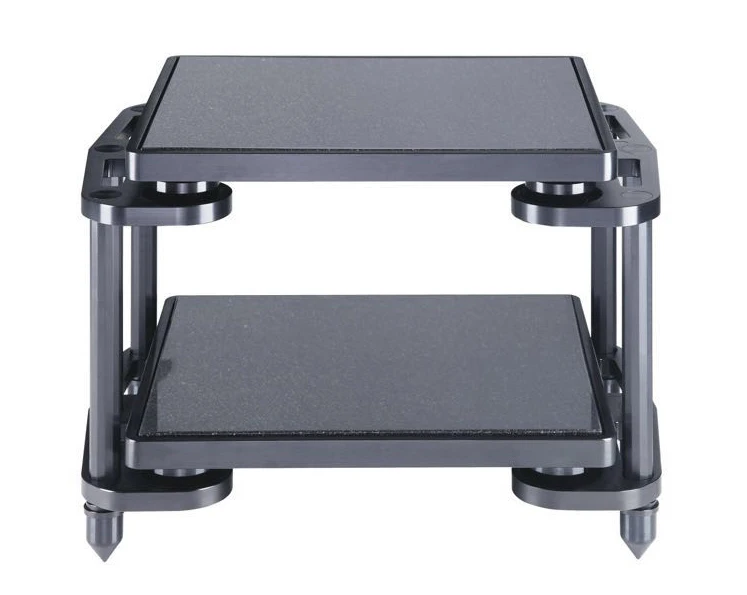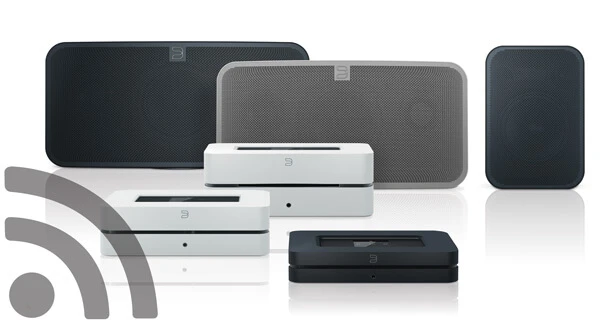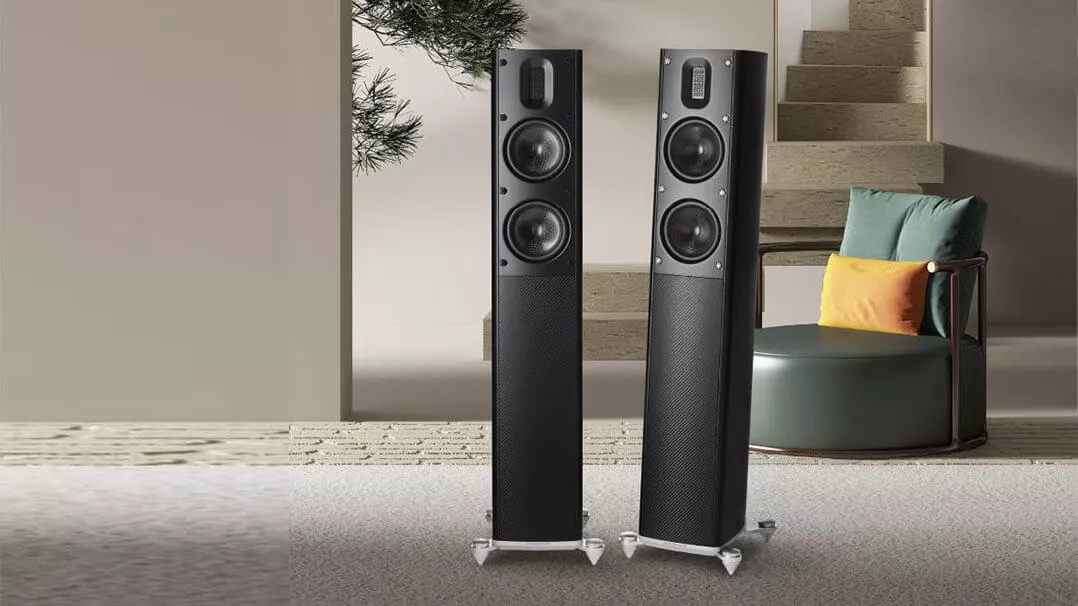
Scansonic Lautsprecher - High-Res
The Scansonic™ brand has a long history.
The world-famous high-end loudspeaker drive unit manufacturer ScanSpeak in Hørning, Denmark, created the Scansonic™ brandname in 1970 for a newly-developed line of excellent boxed Hi-Fi loudspeakers. In 1977 Dantax A/S acquired ScanSpeak. The entire production and manufacturing line was moved to Pandrup in the north of Denmark, and a separate ScanSpeak company was established, where the production of the world famous loudspeaker driveunits could be continued. In the Hi-Fi world ScanSpeak loudspeaker drive units were considered to be in a class above the rest, mainly due to the incorporated patents, the Hexagonal voicecoils and the Symmetric Drive. Bang & Olufsen had a royalty agreement with Scan Speak and used these patents in their loudspeakers for a number of years.
In 1985 the new ScanSpeak factory was destroyed in a fire. However, production was quickly re-established in new premises in Aabybro, Denmark. The demand from Hi-Fi purists from all over the world for the ScanSpeak high quality loudspeaker drive units continued, and after some years Dantax A/S received an offer from Videbæk Loudspeaker Factory (VIFA) for the whole ScanSpeak operation, and they took over. Today ScanSpeak still exists as a Danish loudspeaker drive unit factory.
The Scansonic™ brand, however, remained the property of Dantax Radio A/S.
Philosophy
Having worked with Raidho speakers for more than 12 years, we found ourself faced with a completely new challenge when we was asked to design a new range of high-performance speakers for the Scansonic brand. From the start, we were very focused on building on all the experiences and strengths obtained from designing the Raidho speakers. At the same time, we also had to be aware of the long heritage and the Nordic design tradition of the Scansonic brand. This time, the task also came with a budget and a desire to create the very best possible within financial limits. It was clear to us from the very beginning, that some core techniques from the Raidho speakers would be of importance: The speakers had to be designed around a ribbon tweeter that works with at super lightweight diaphragm that is sealed around the edges to allow for a seamless transition to the midrange region. Furthermore, they needed to be designed and developed with a speaker driver with a ridged, pistonic-type membrane.

